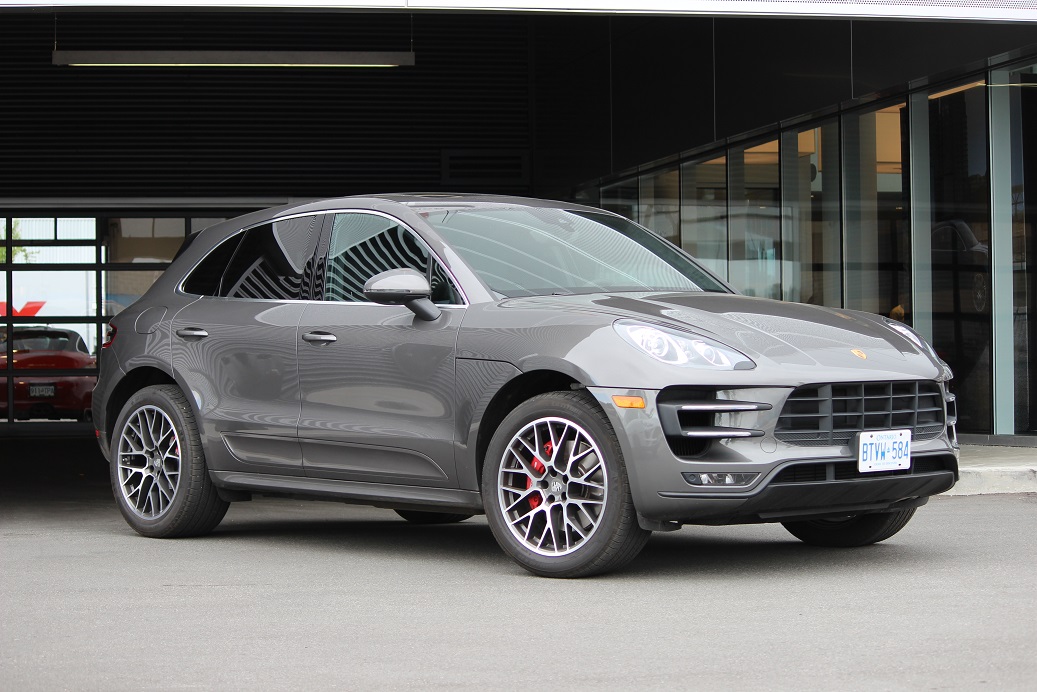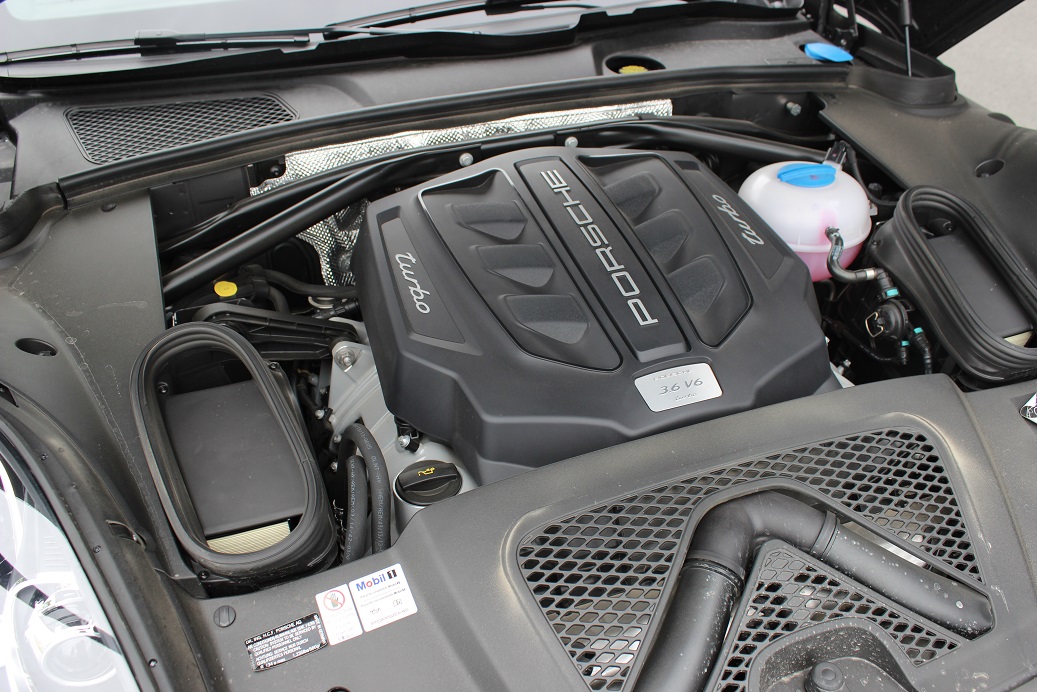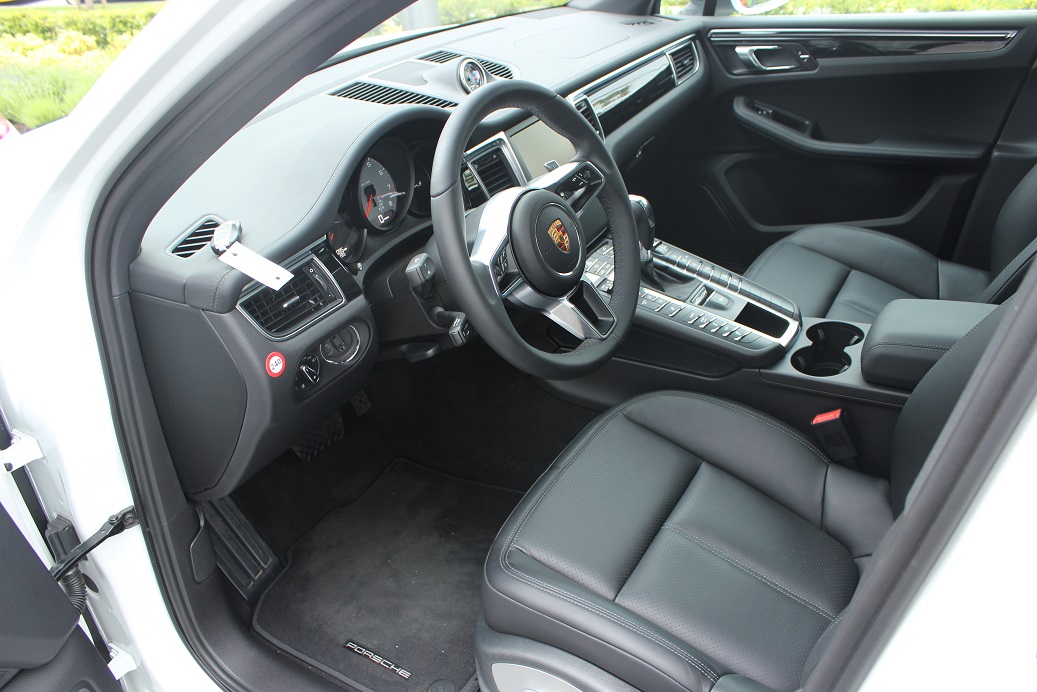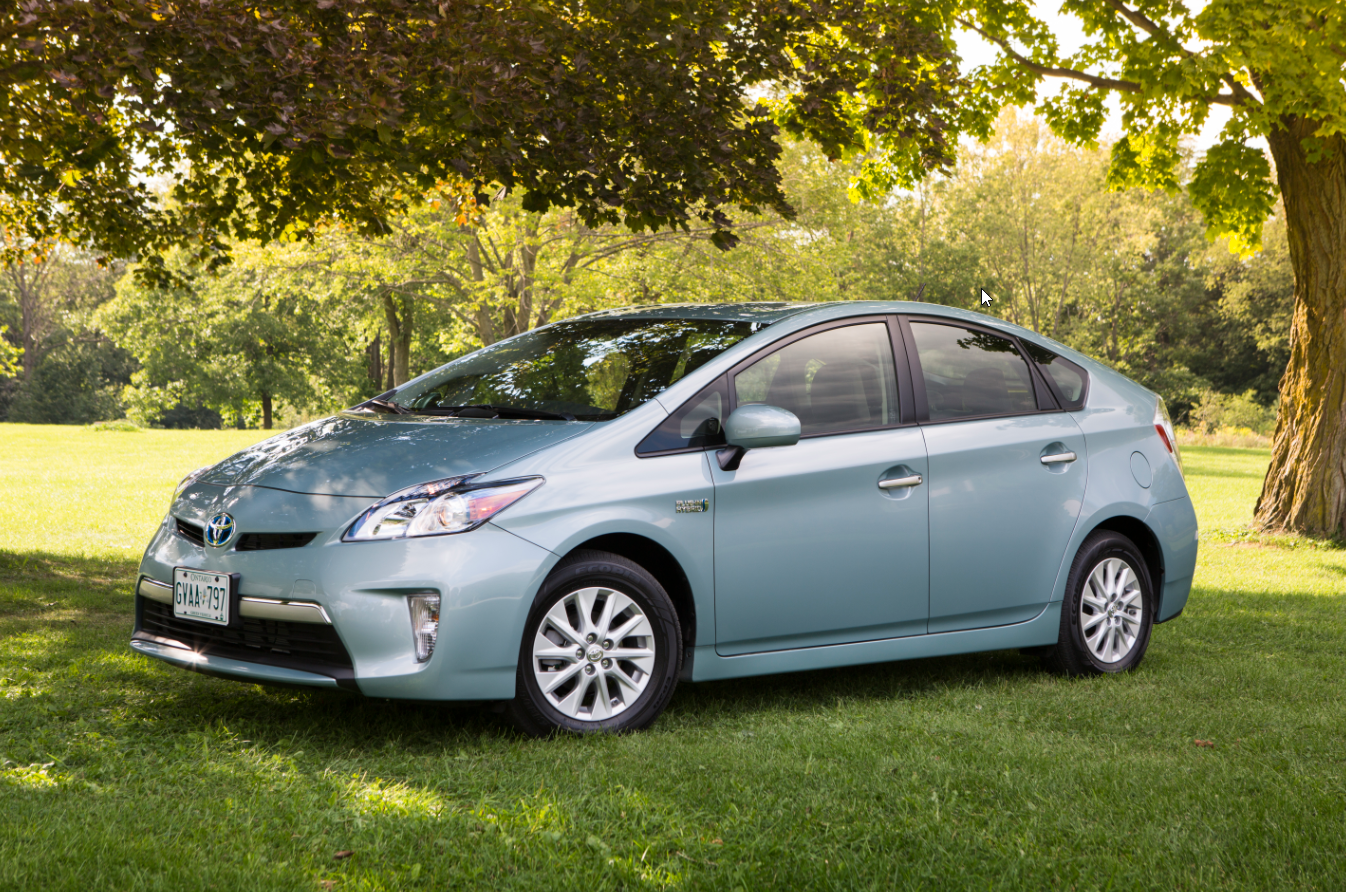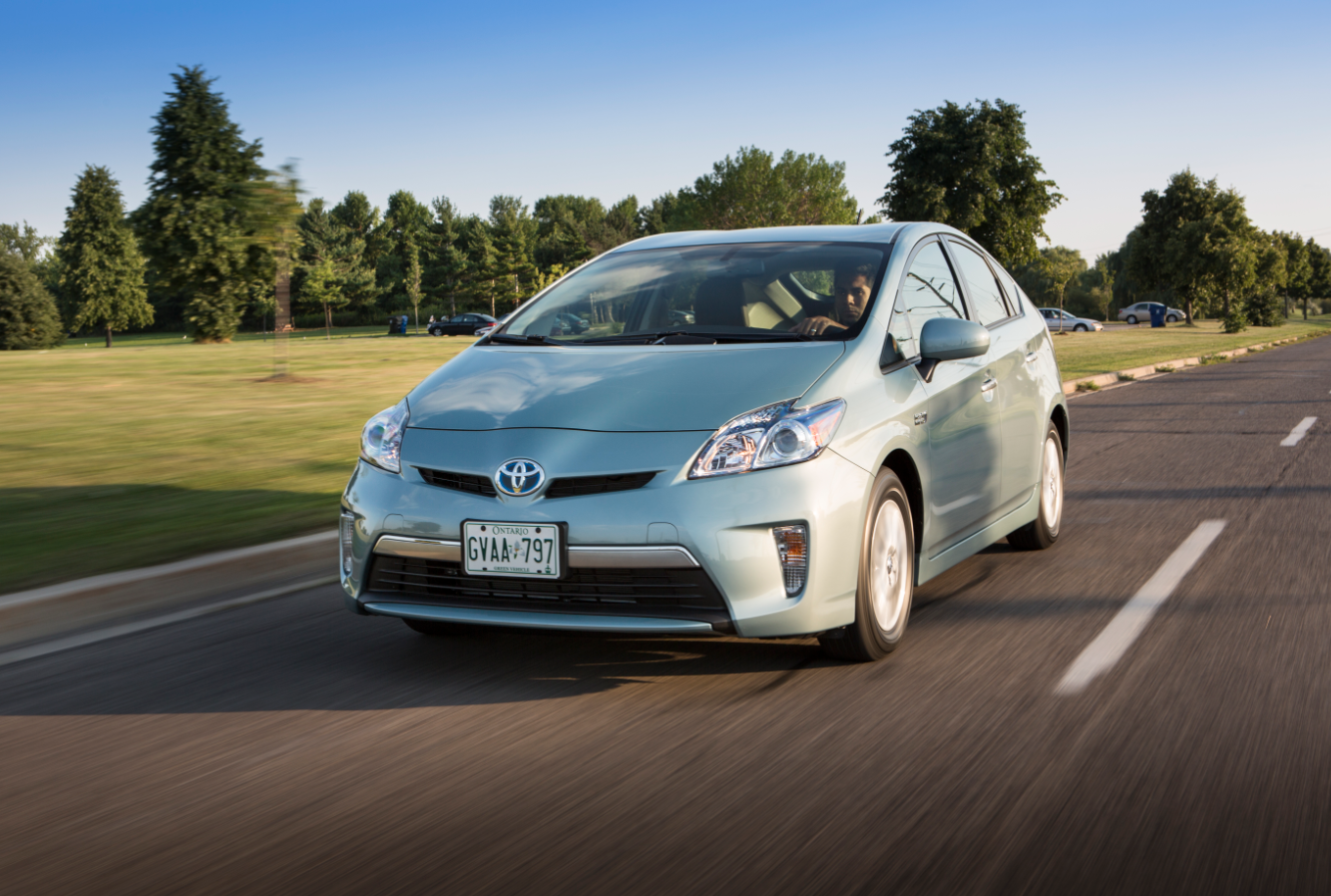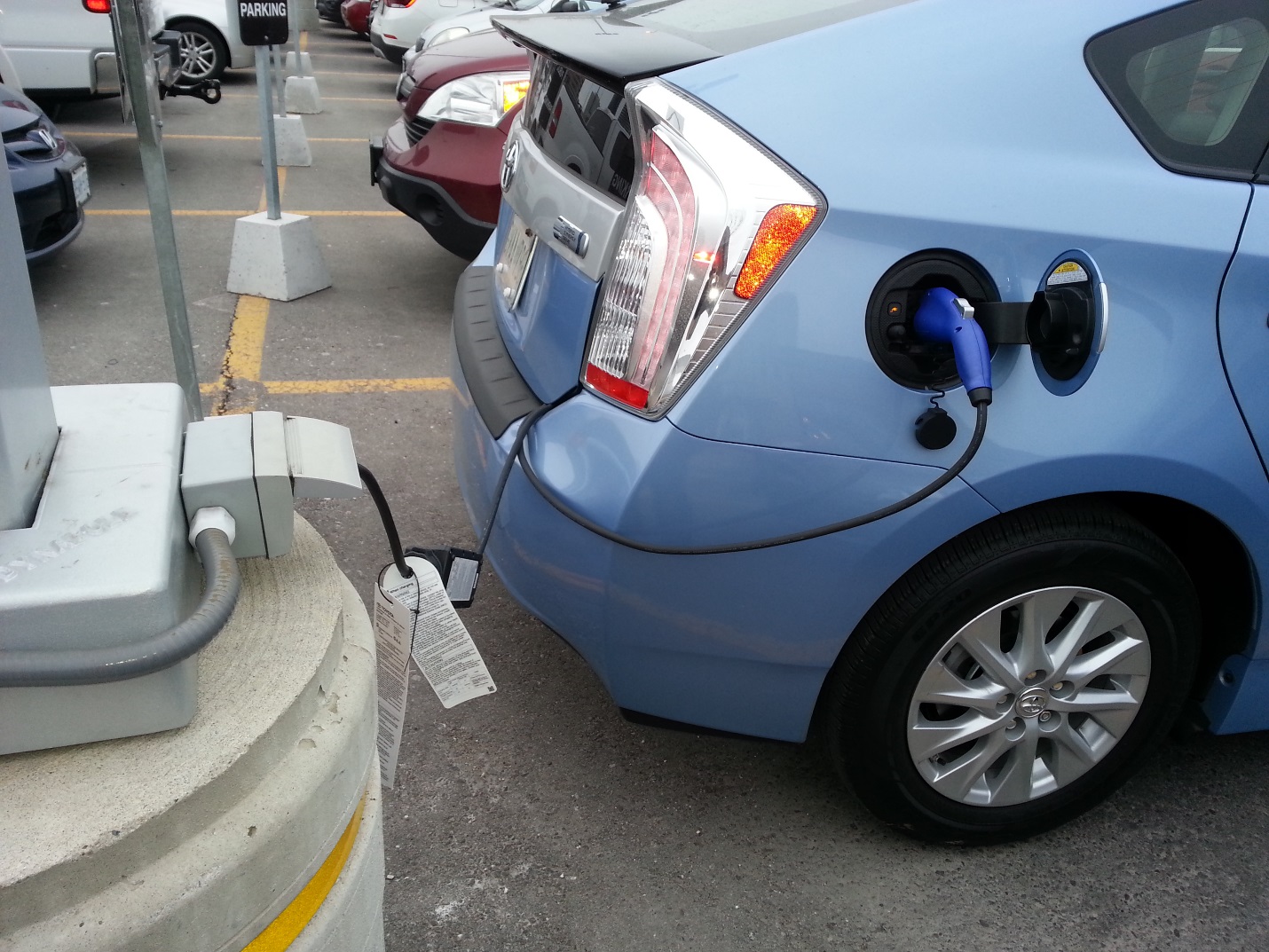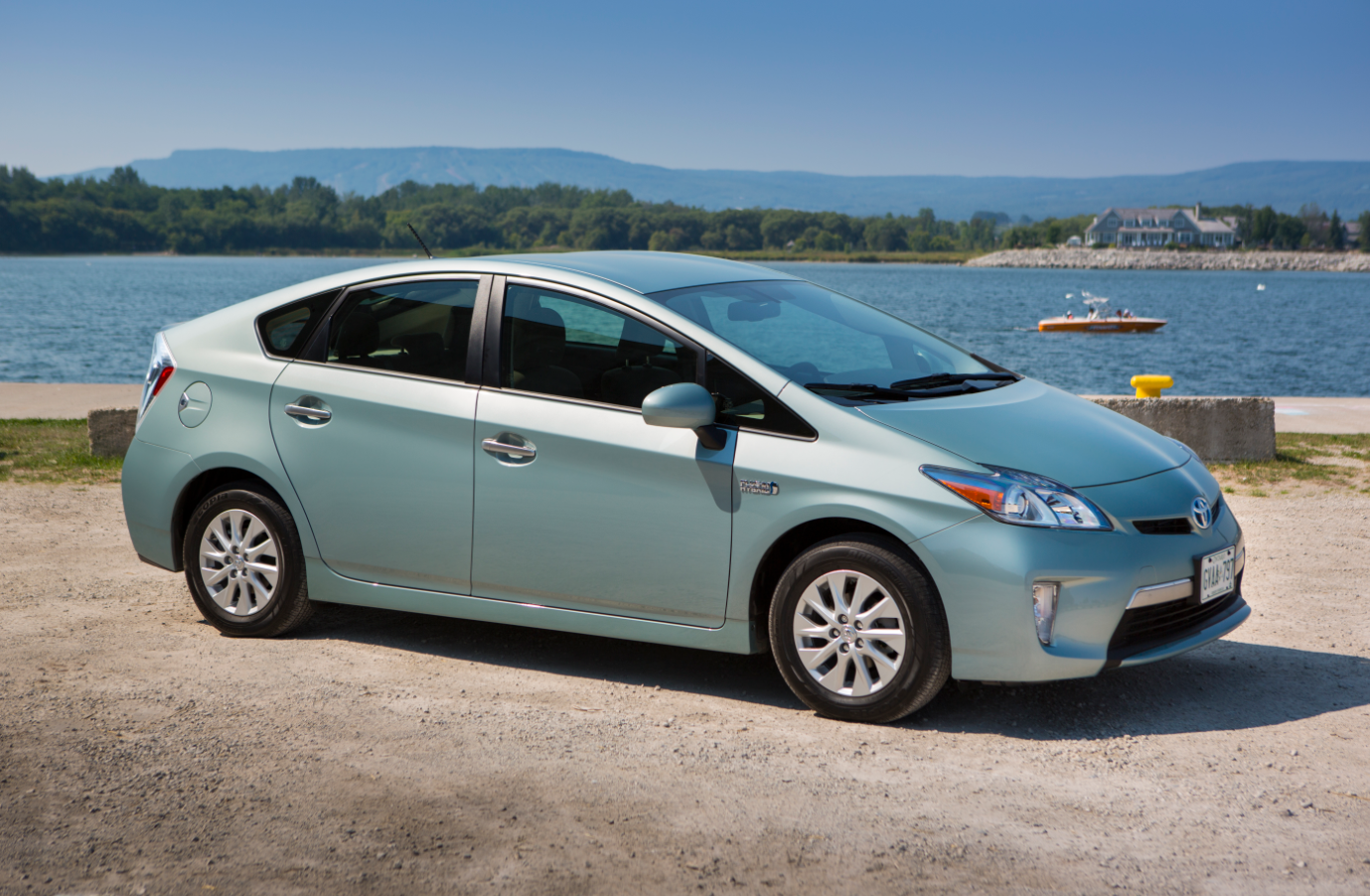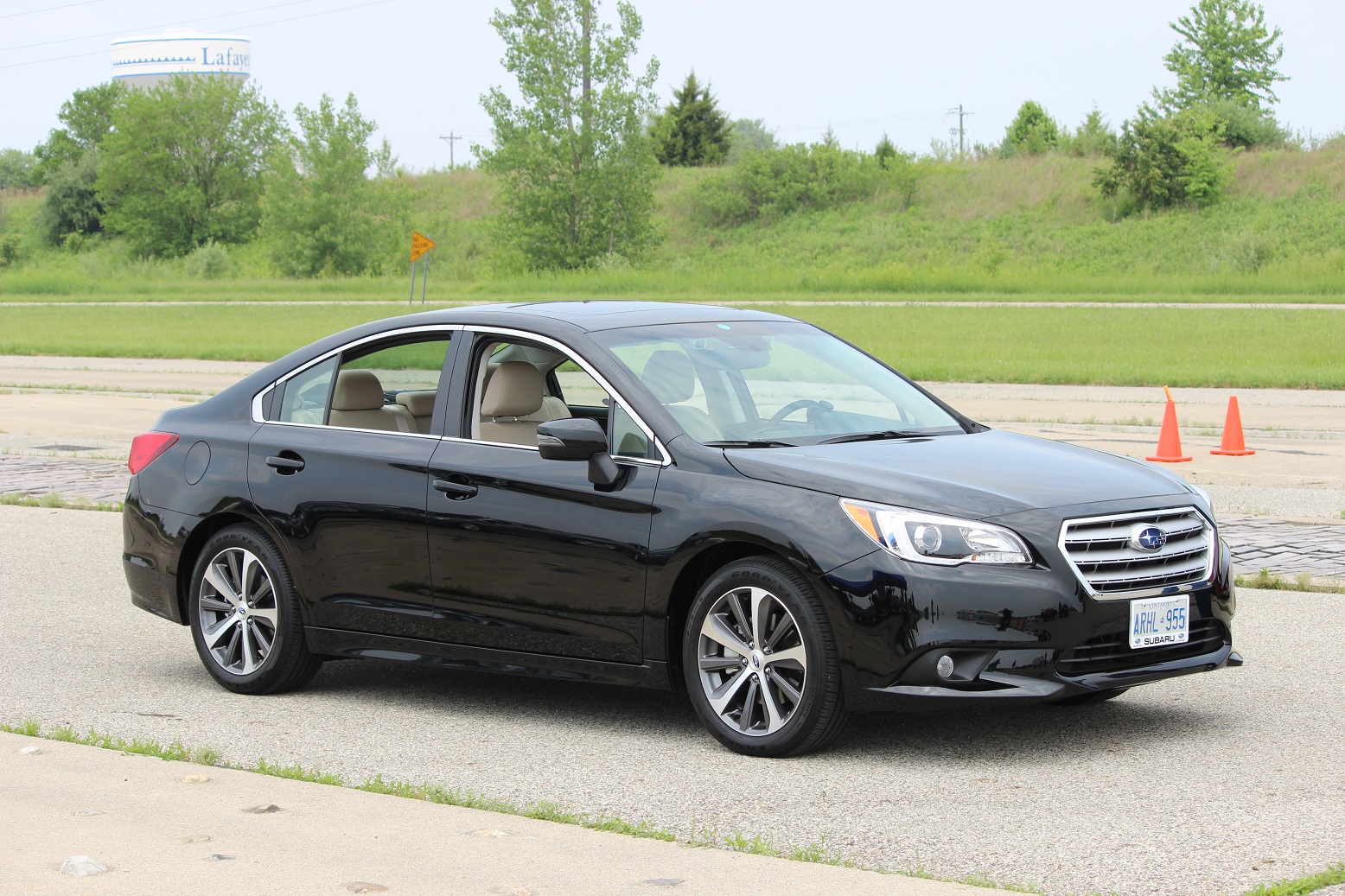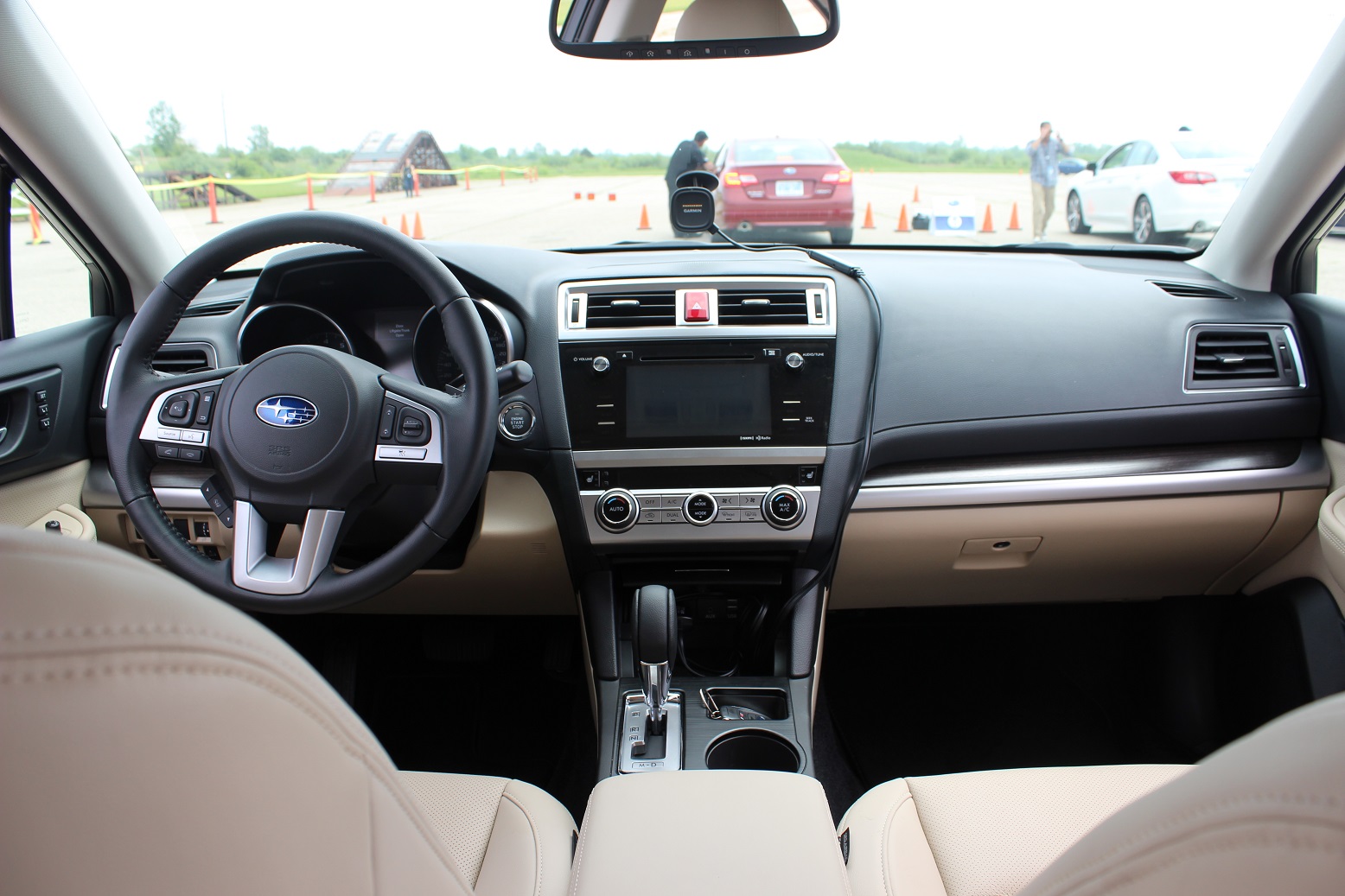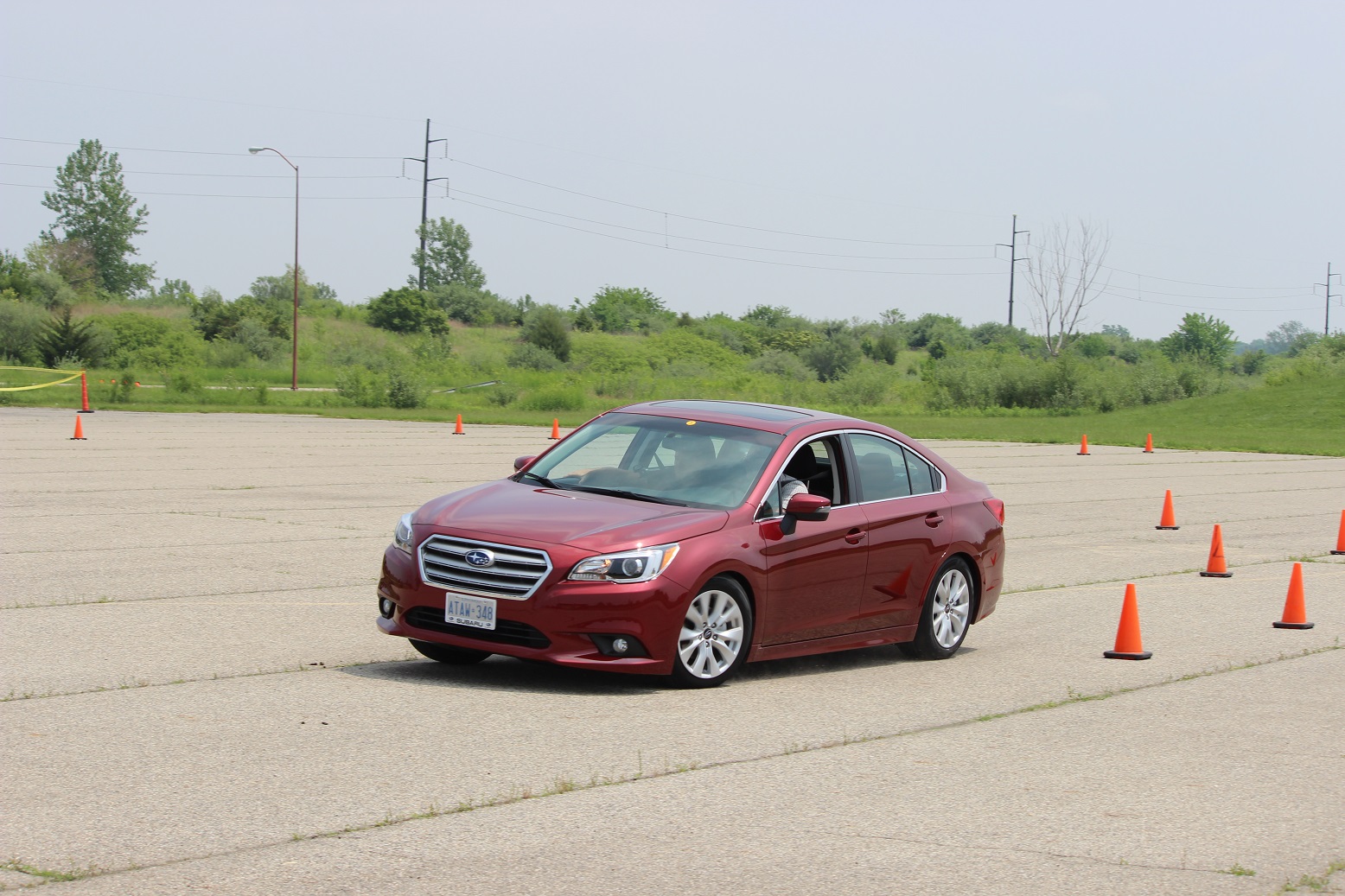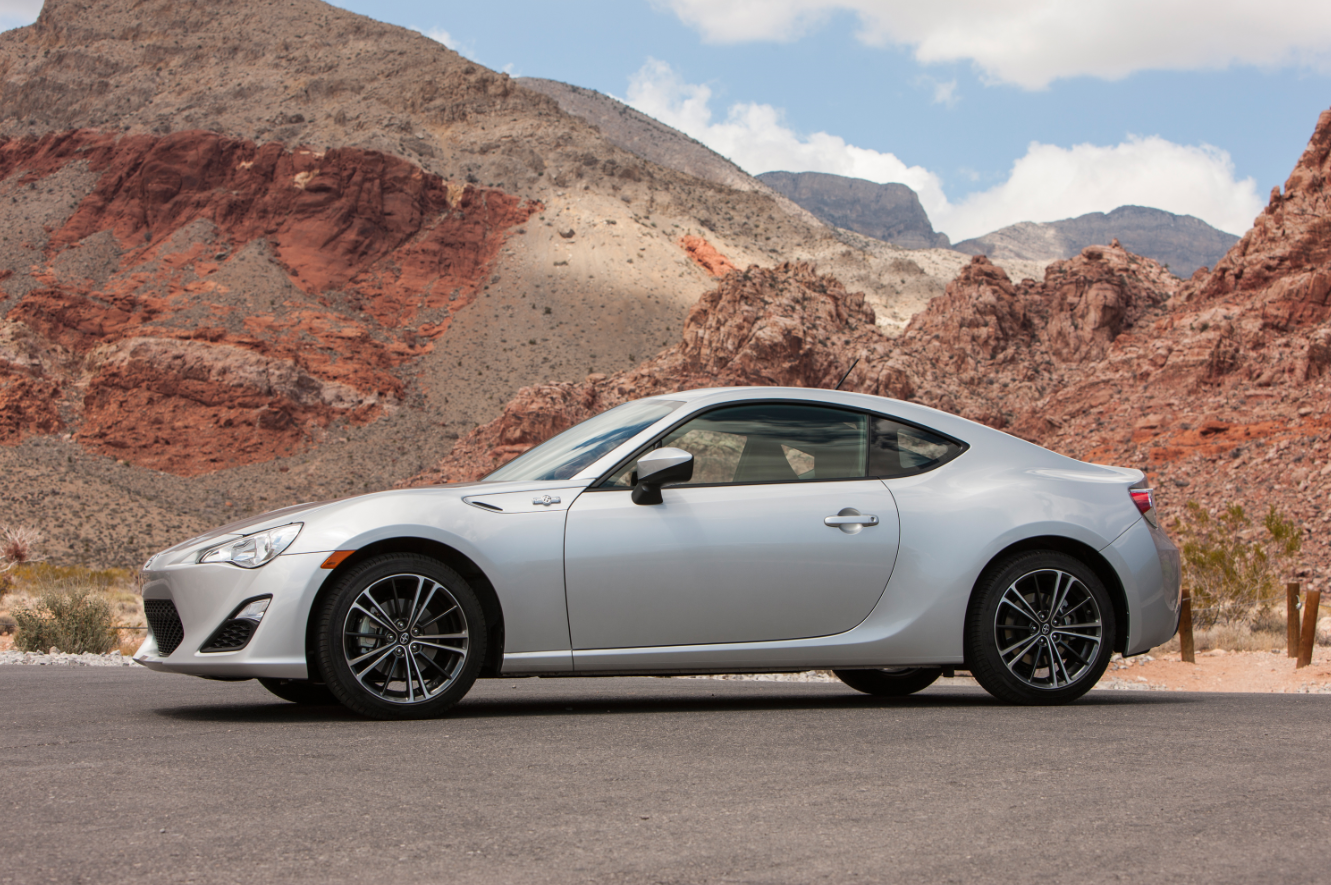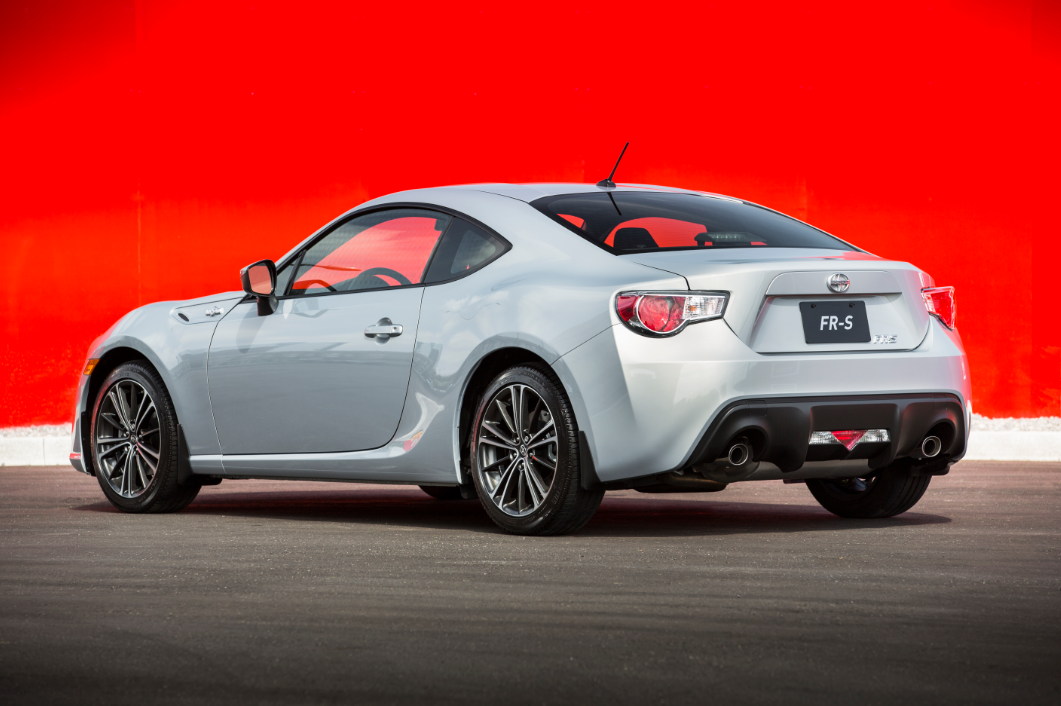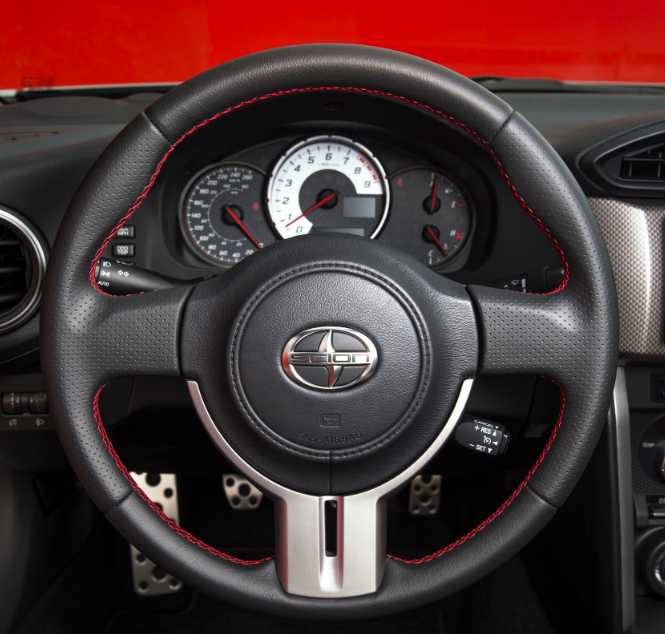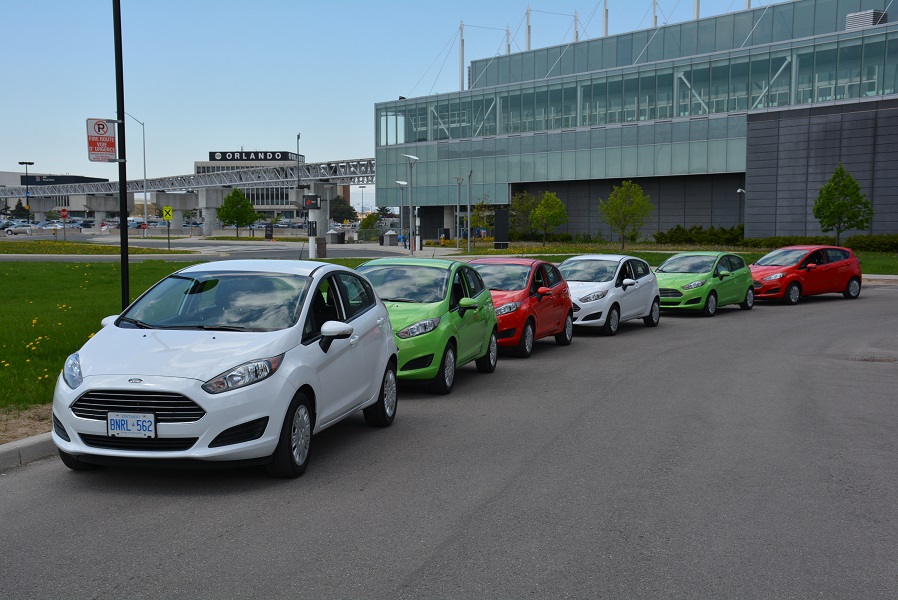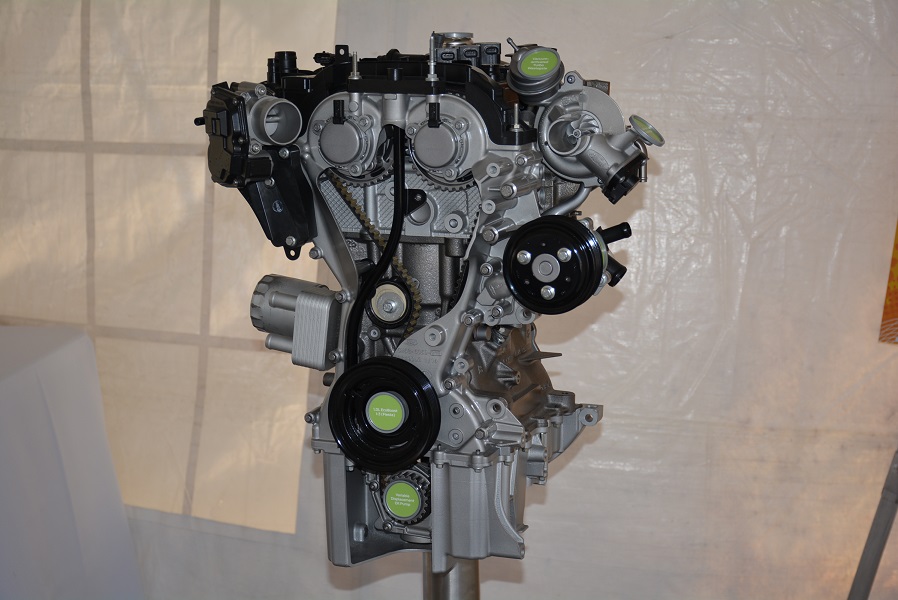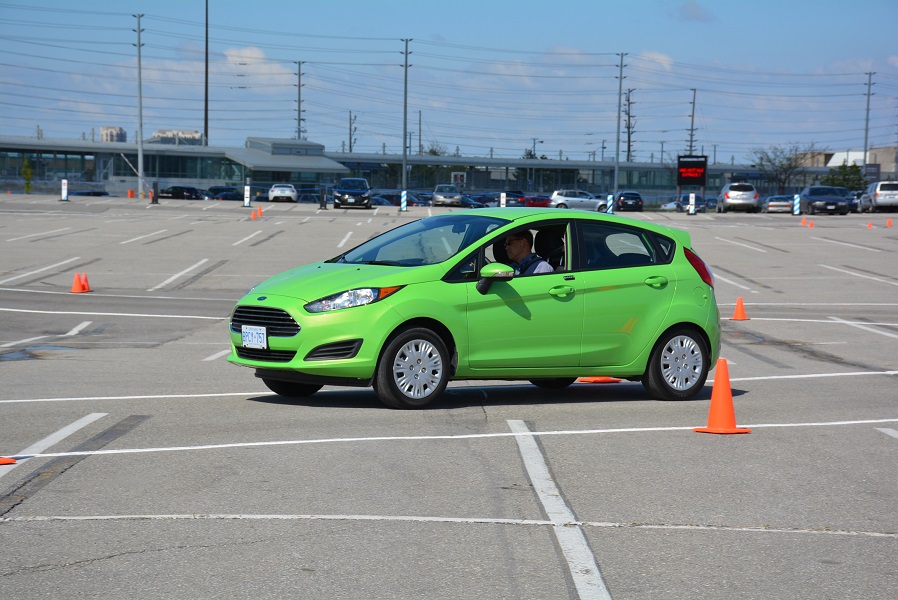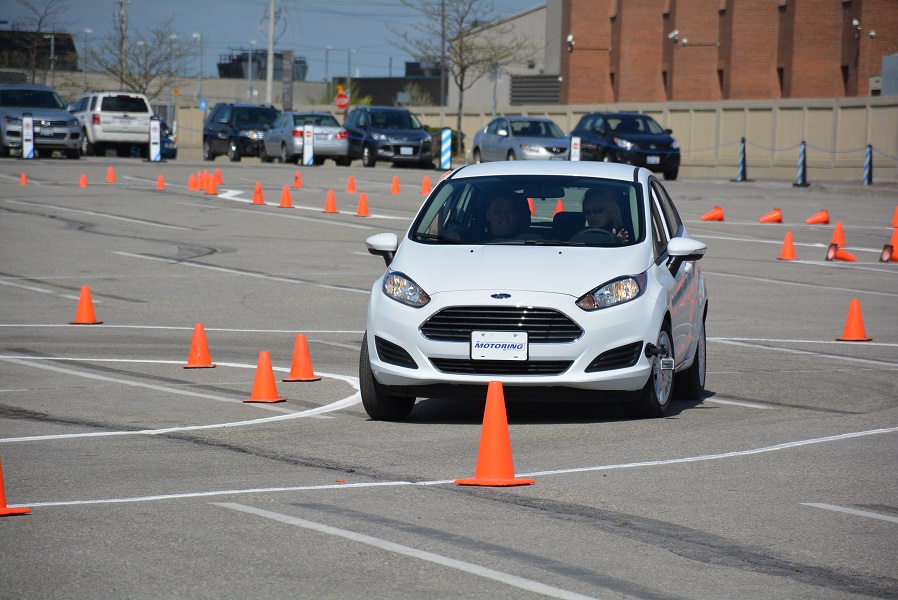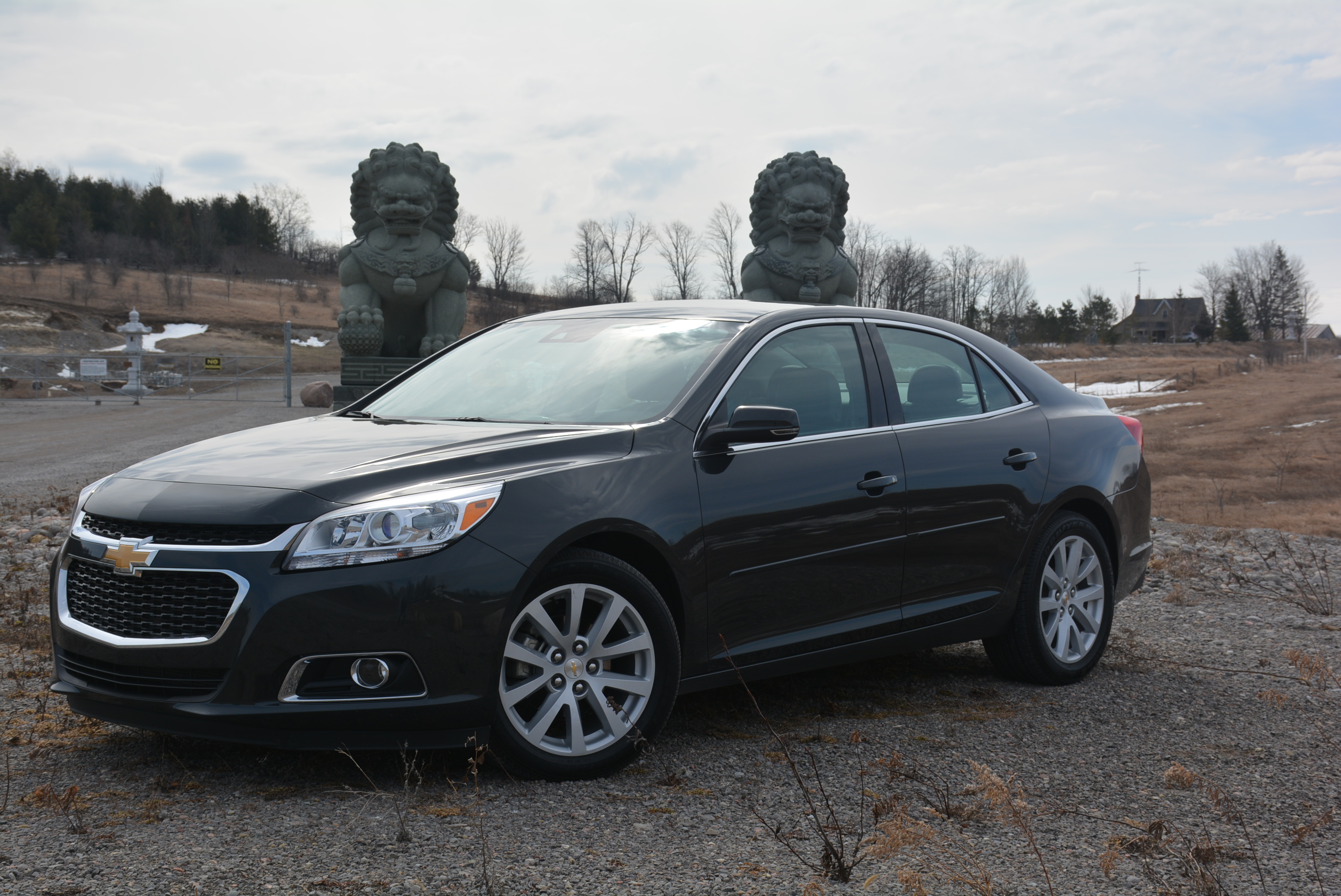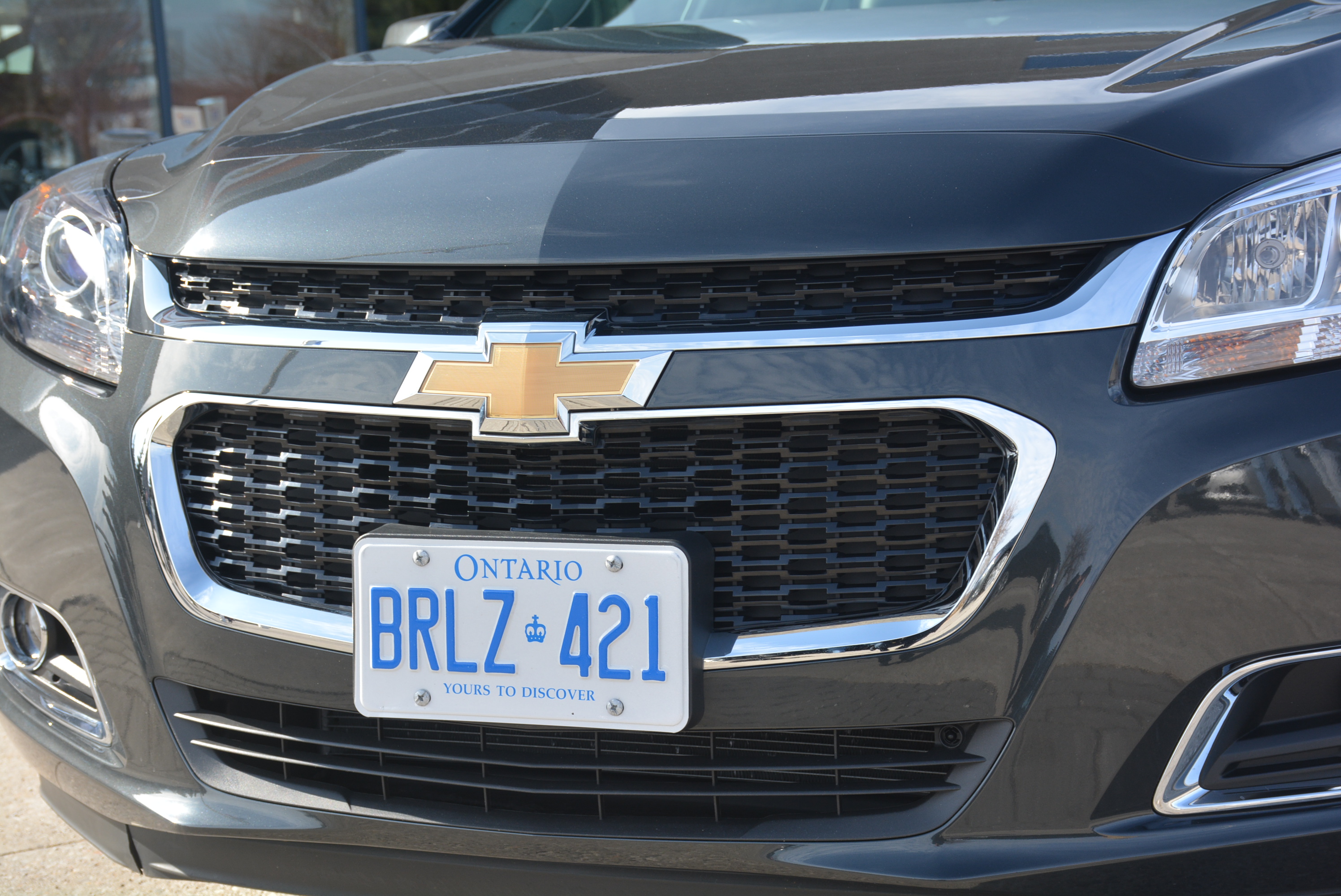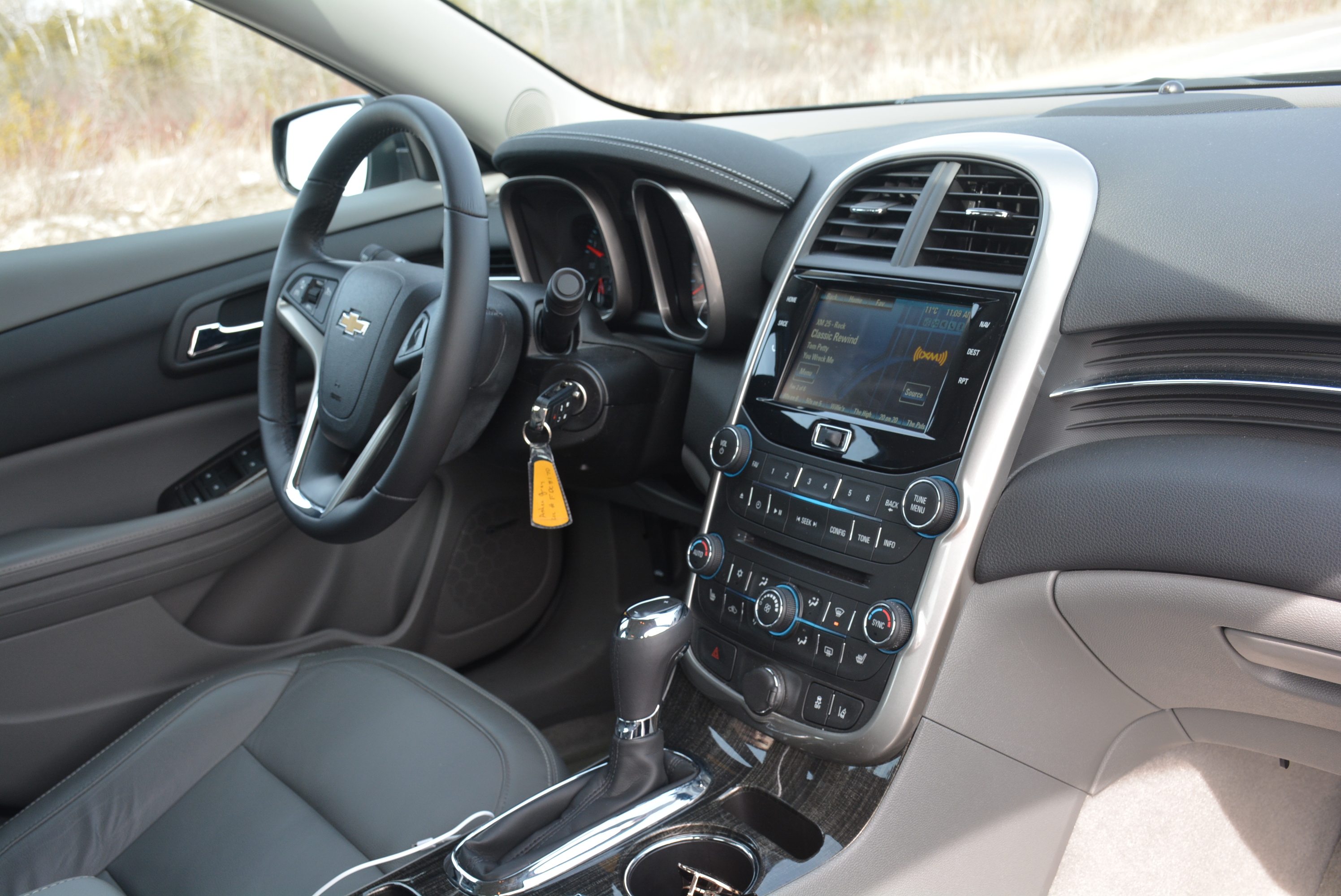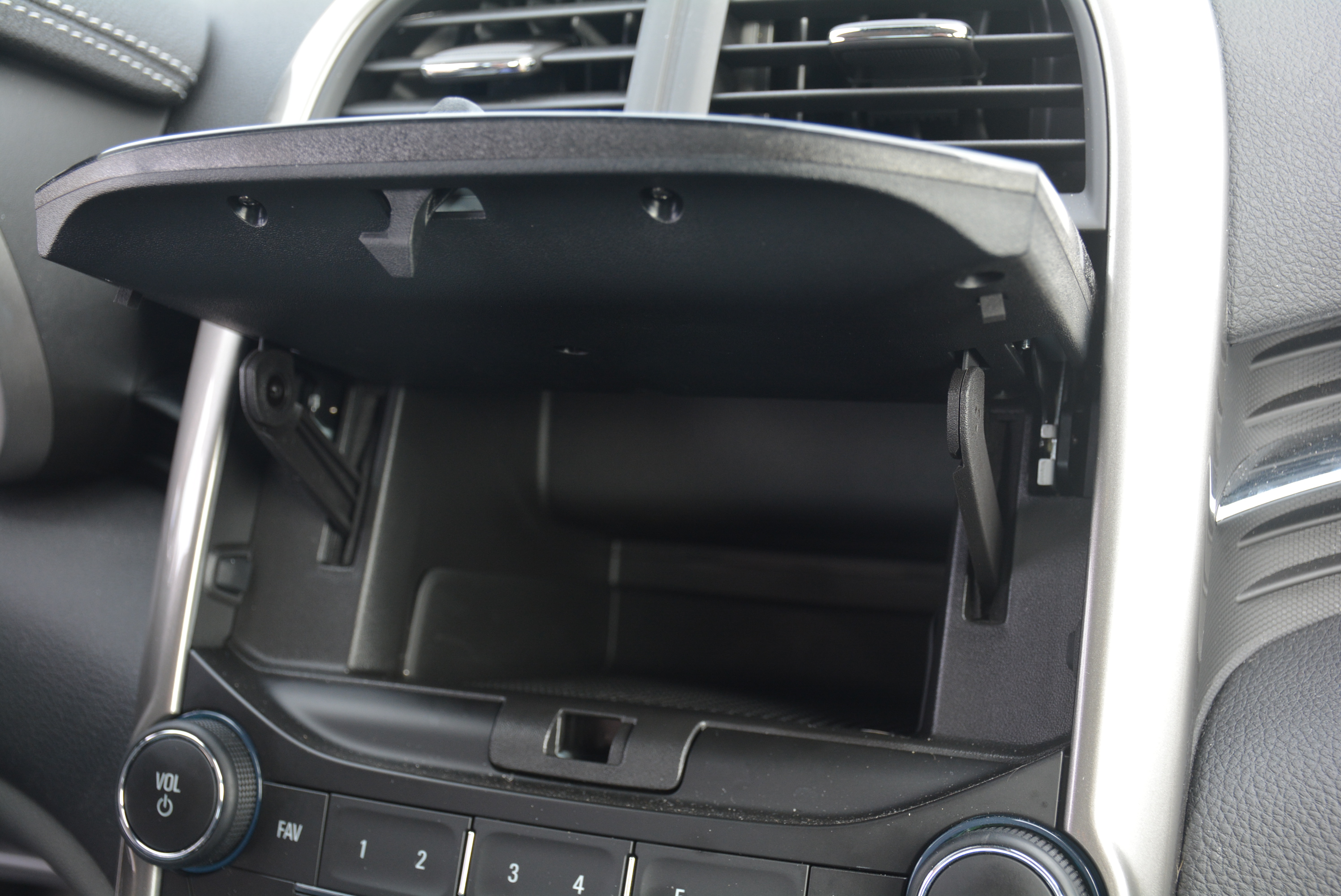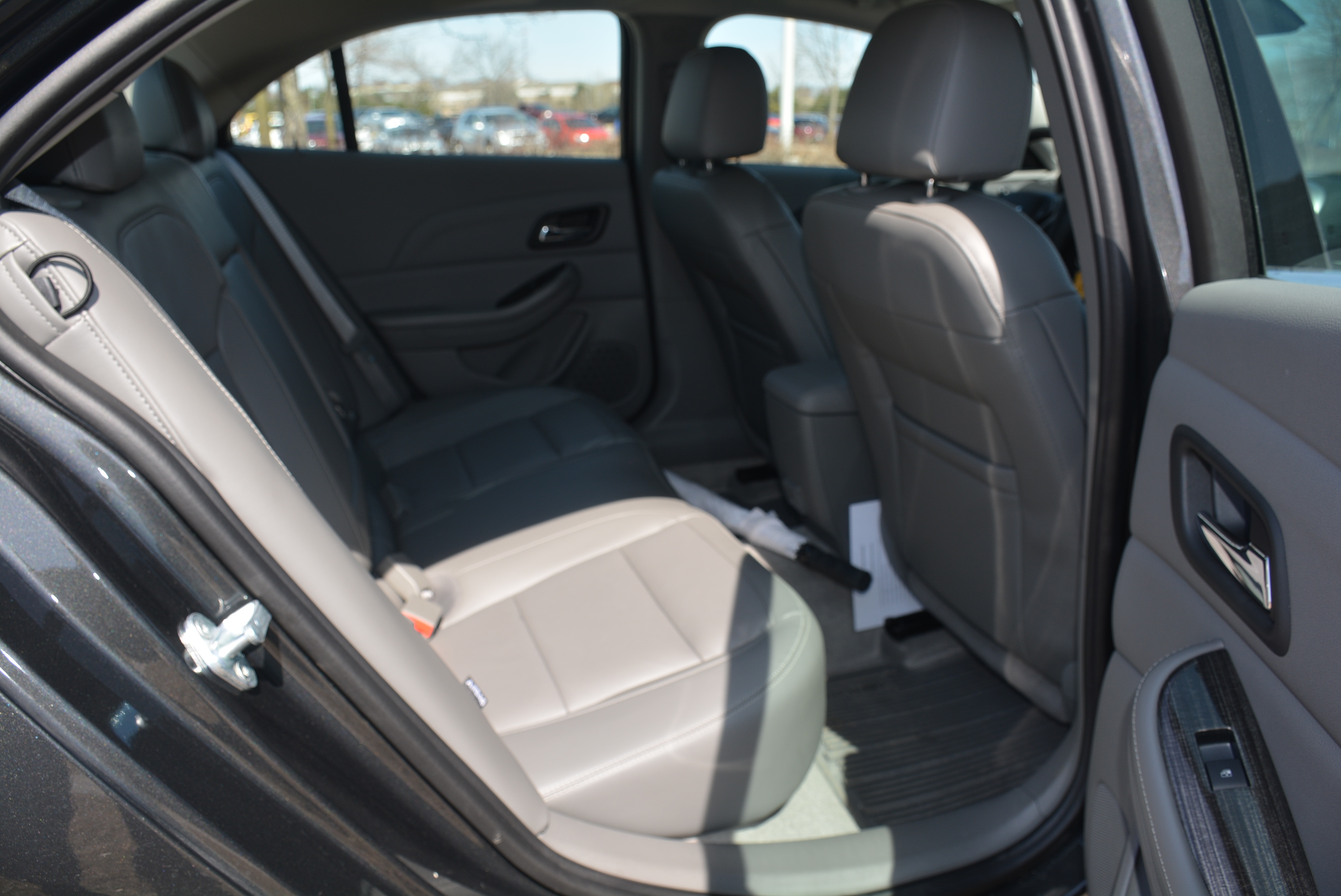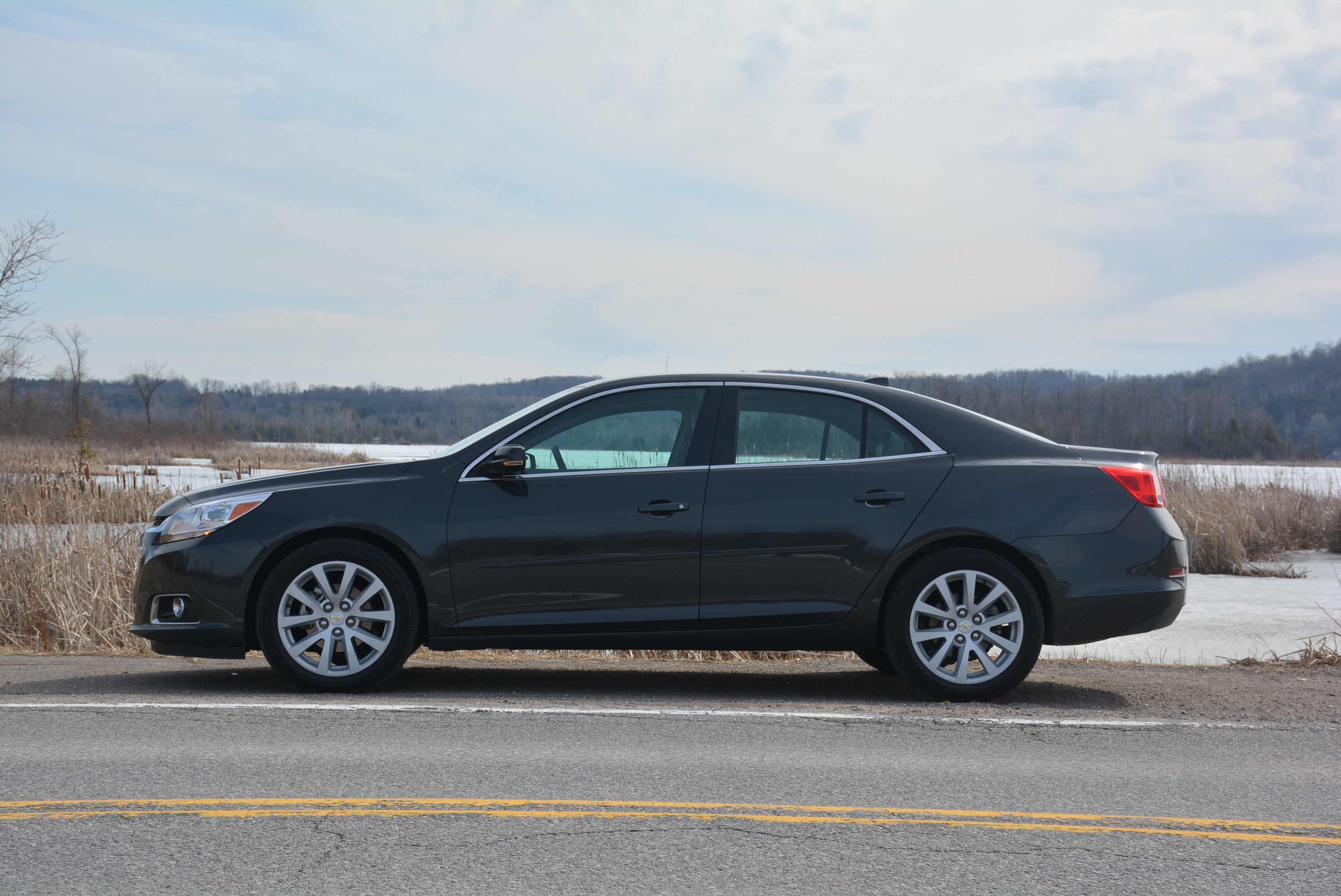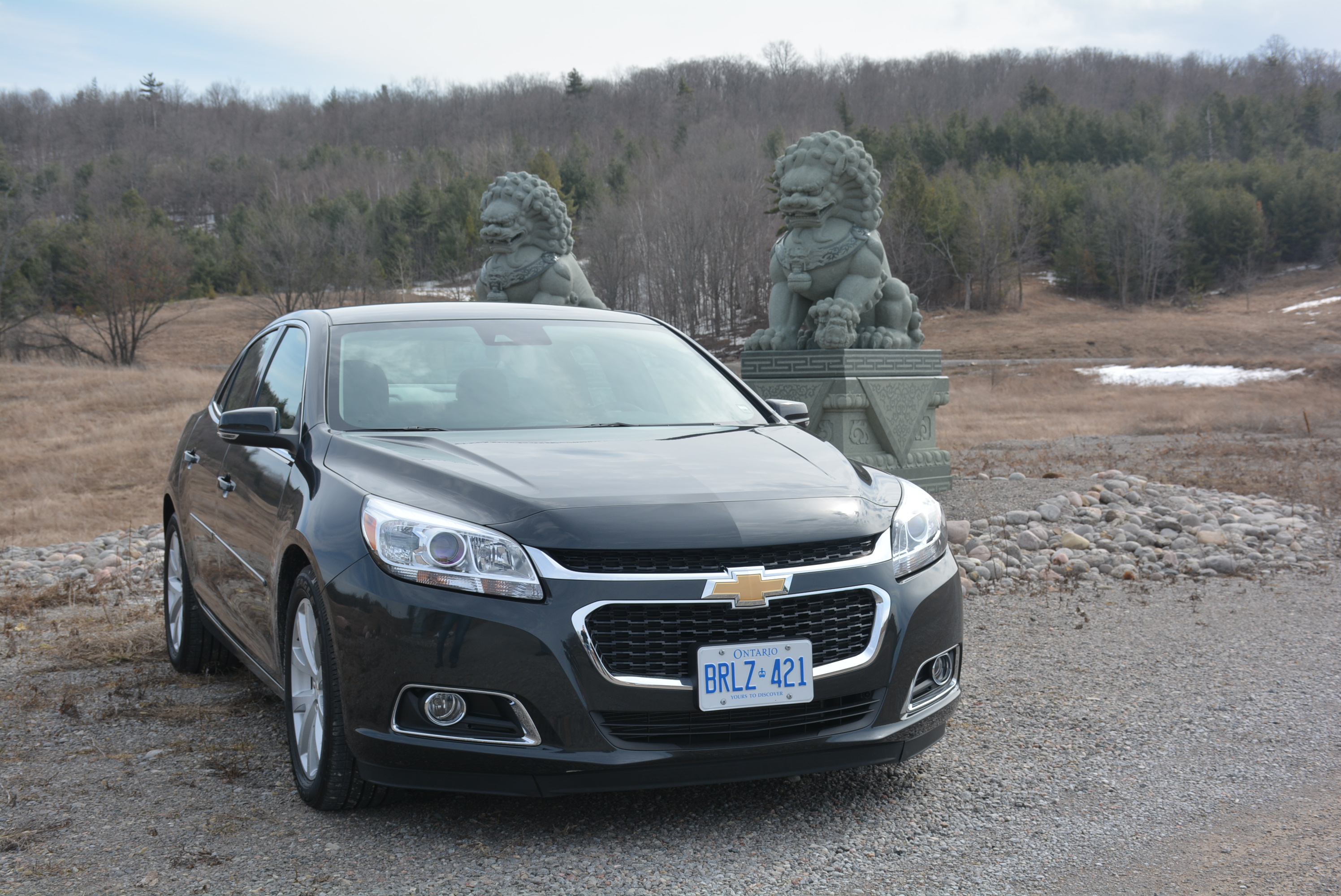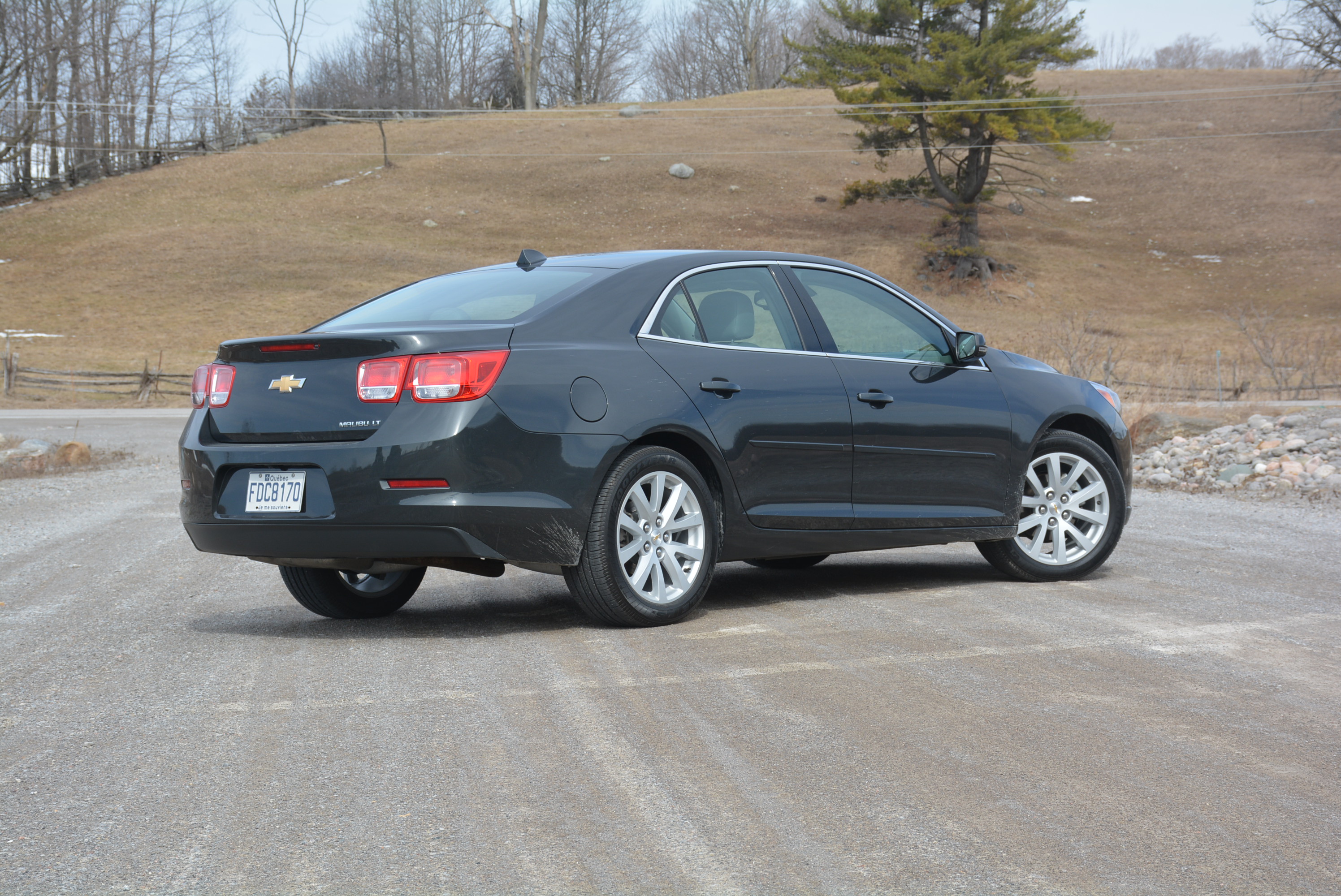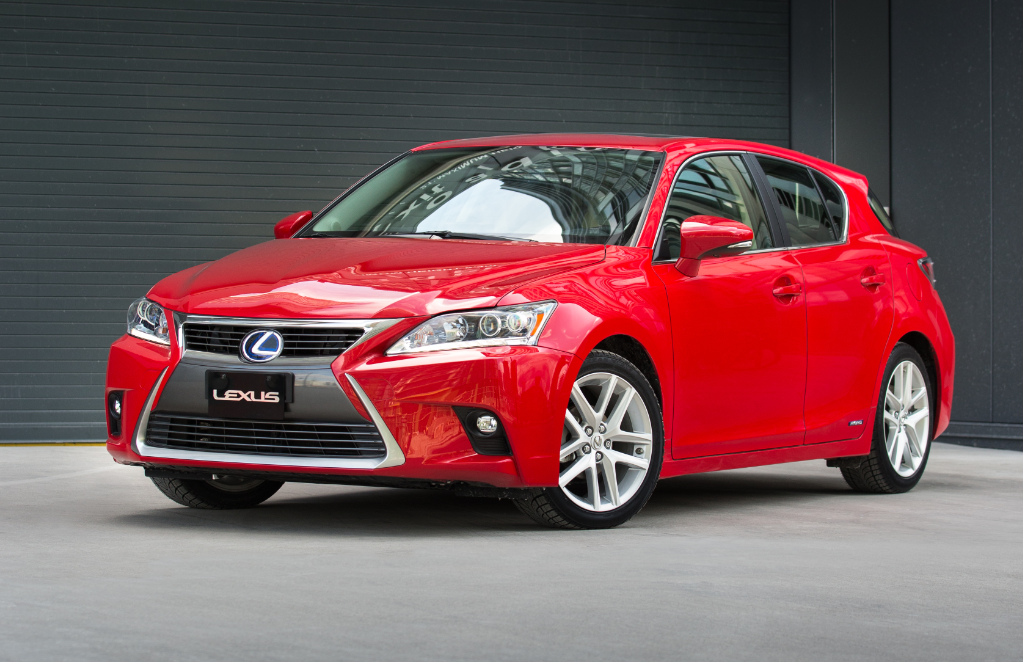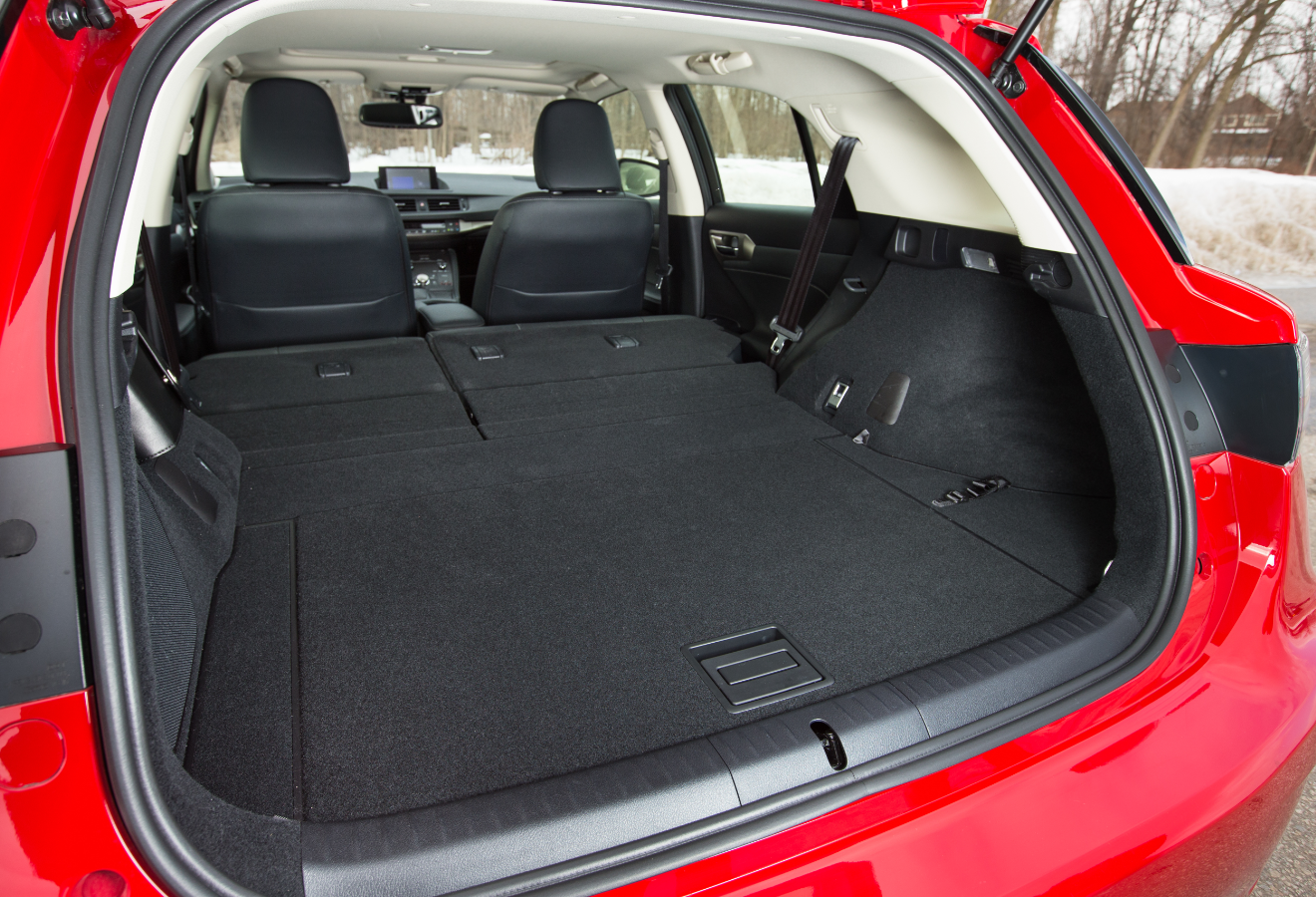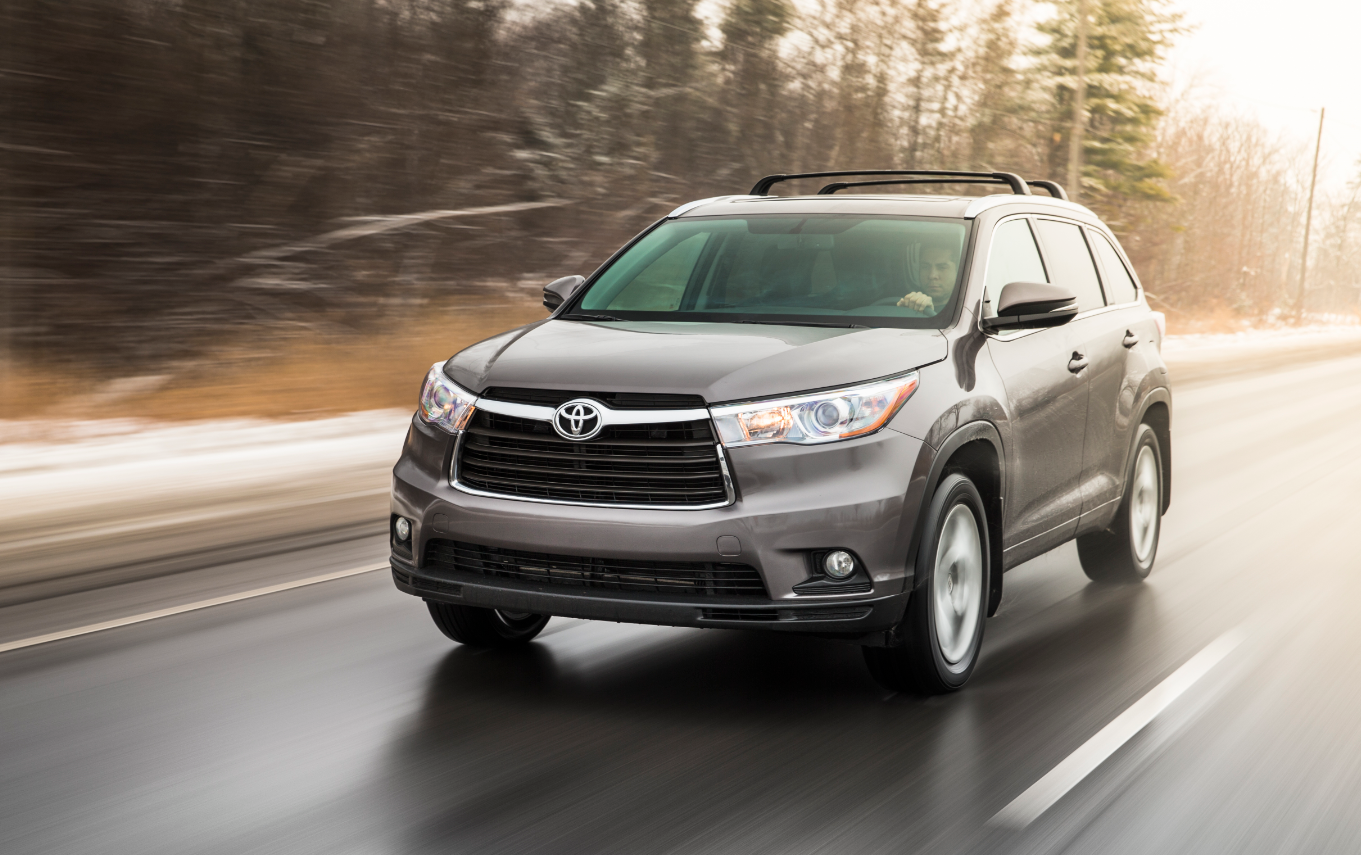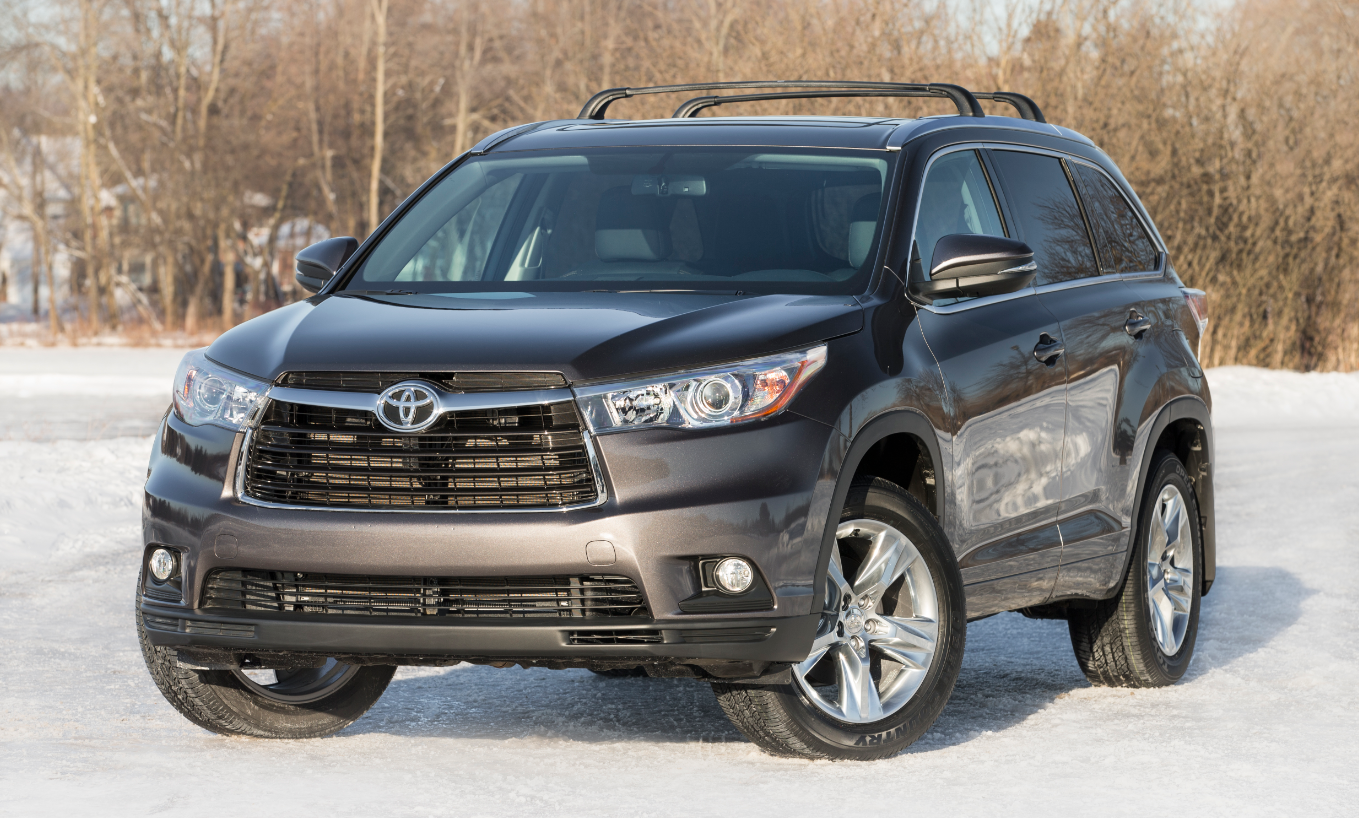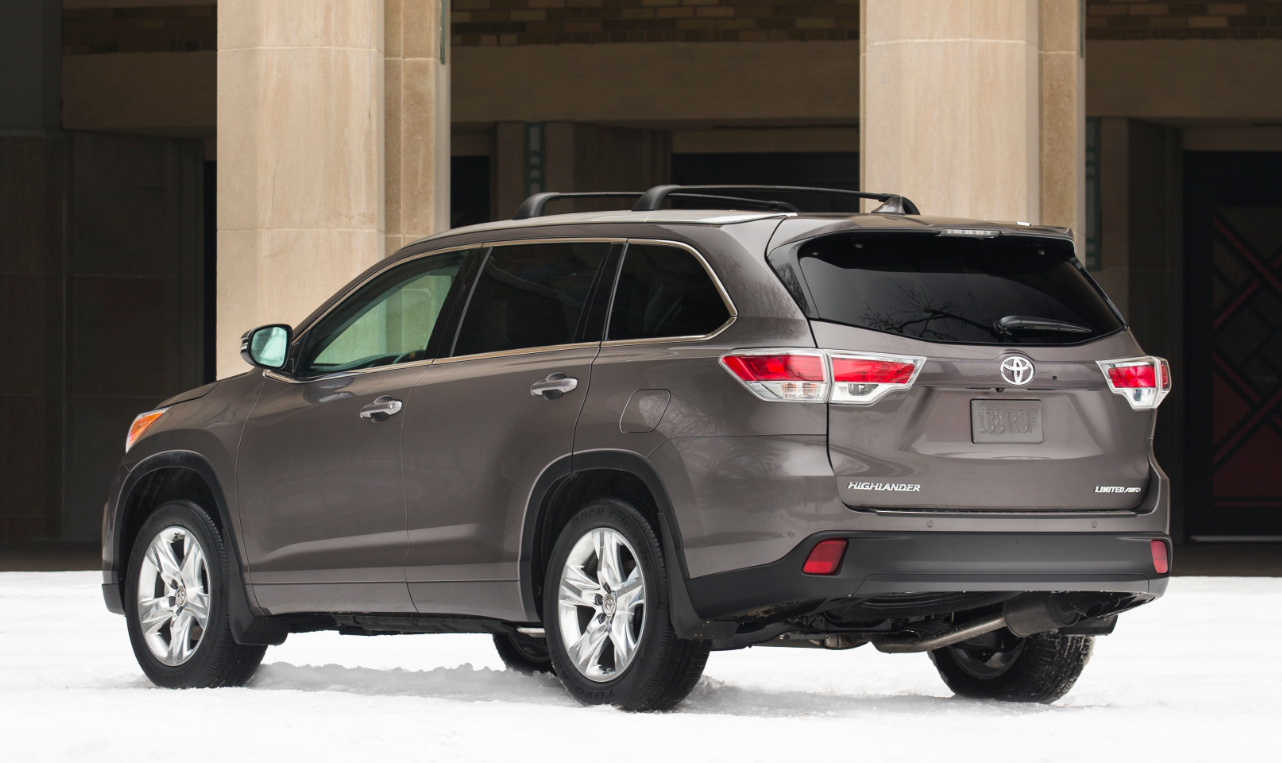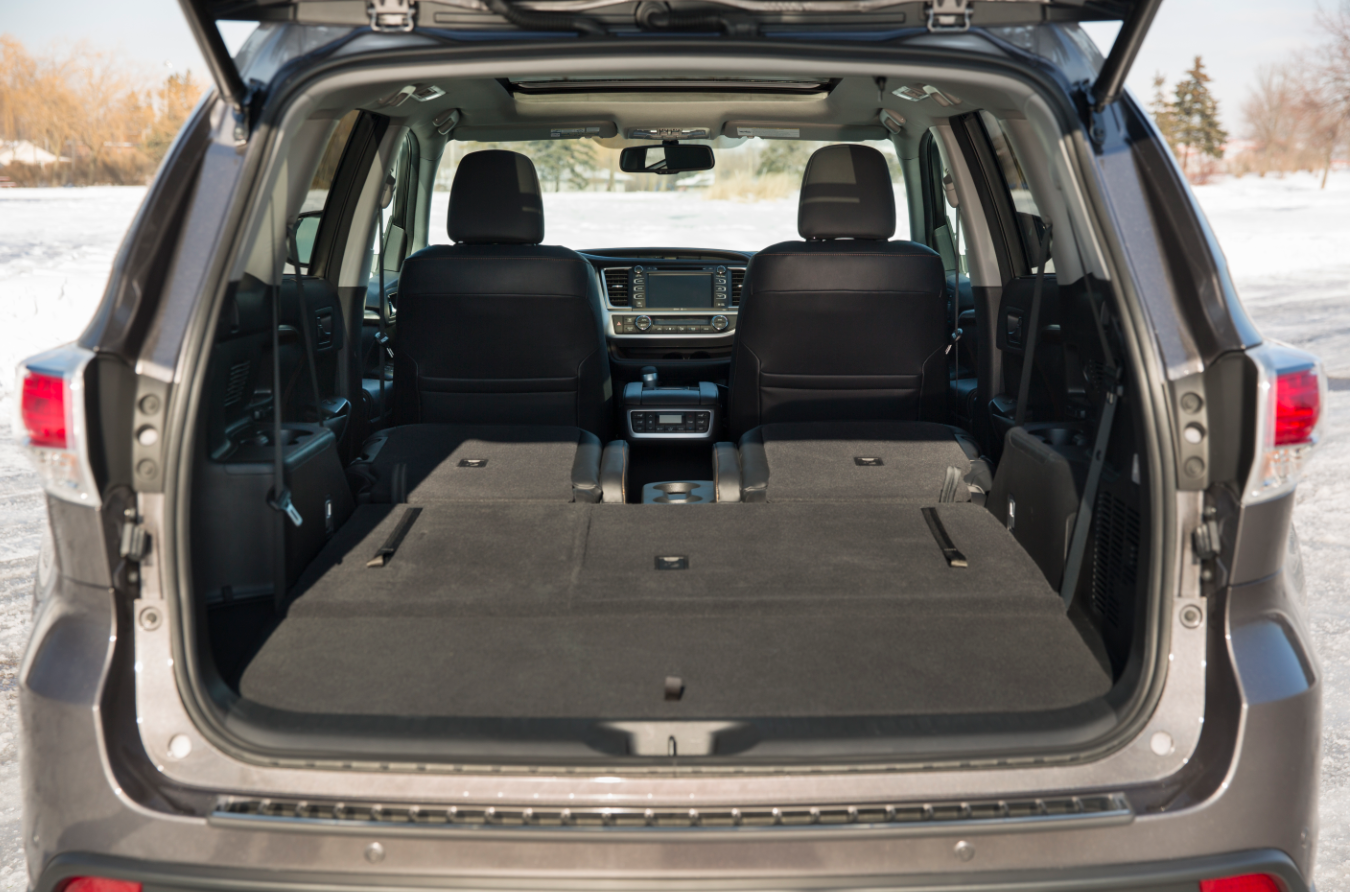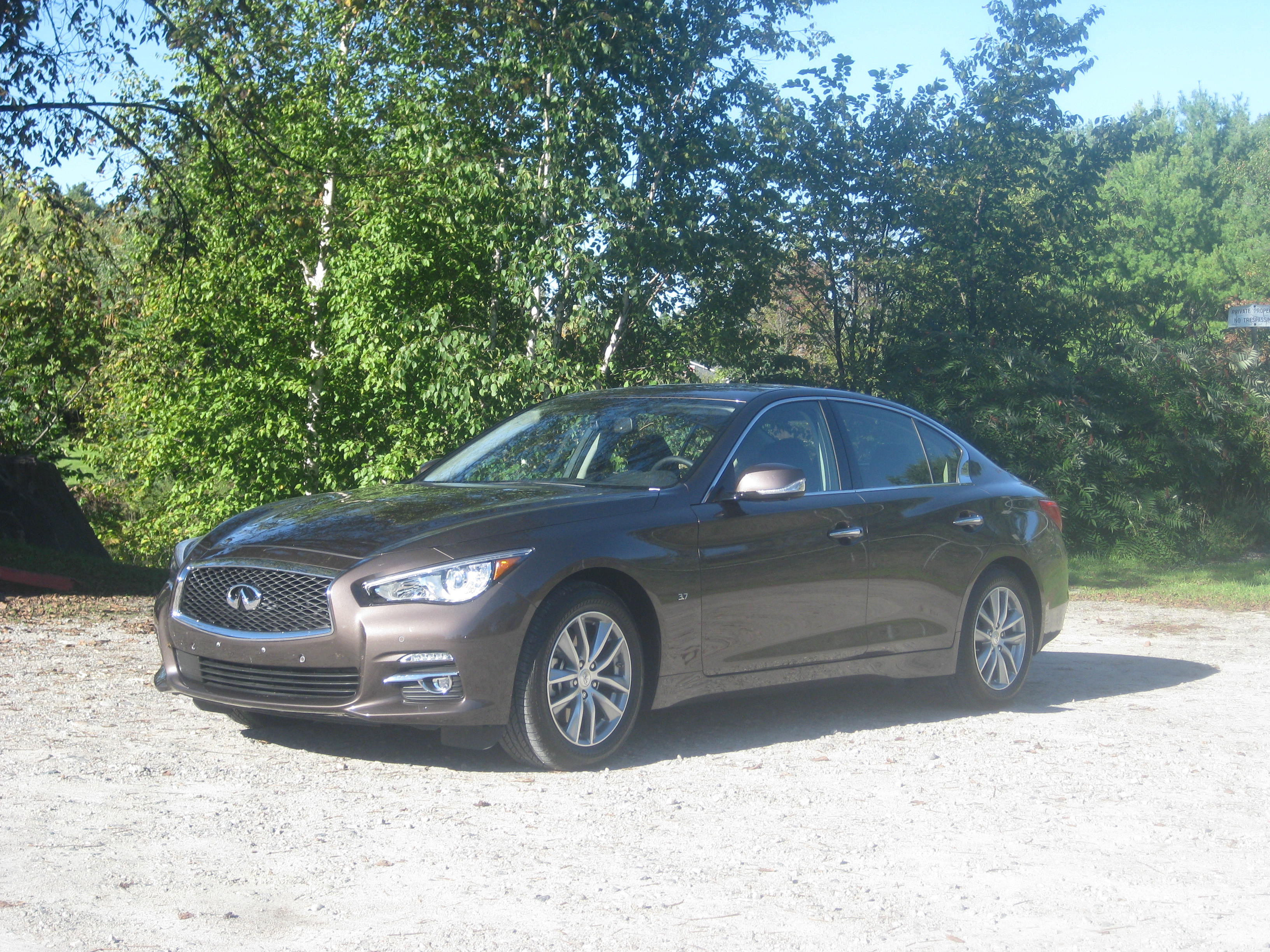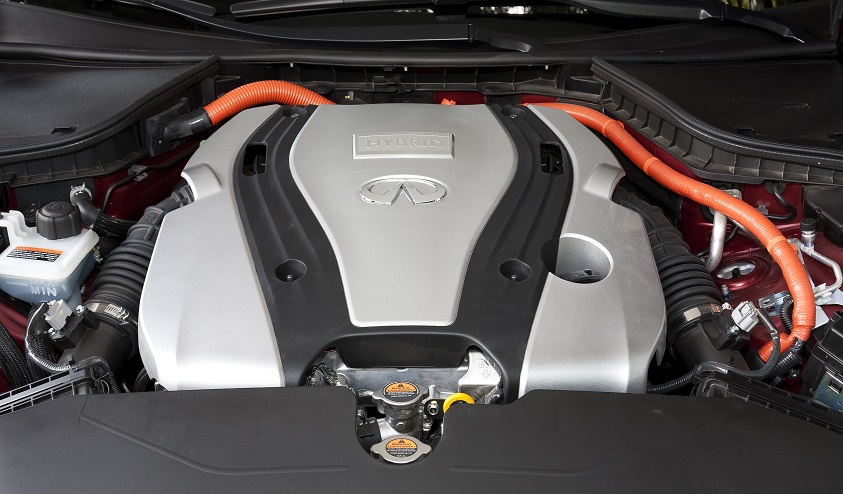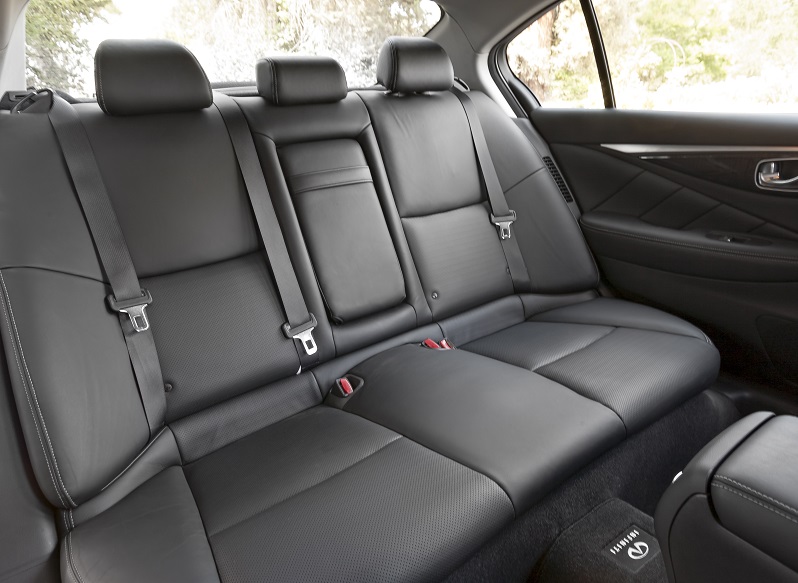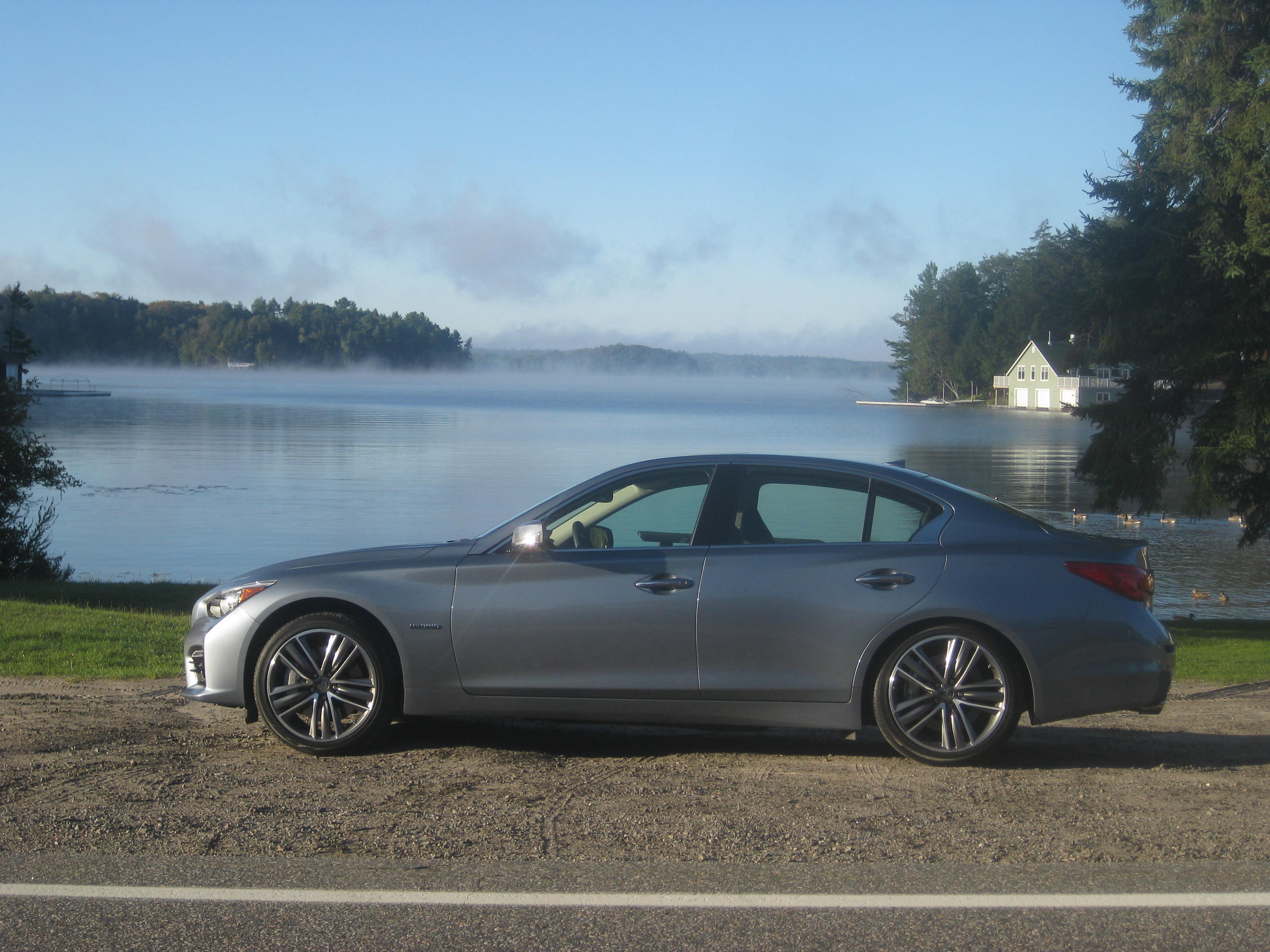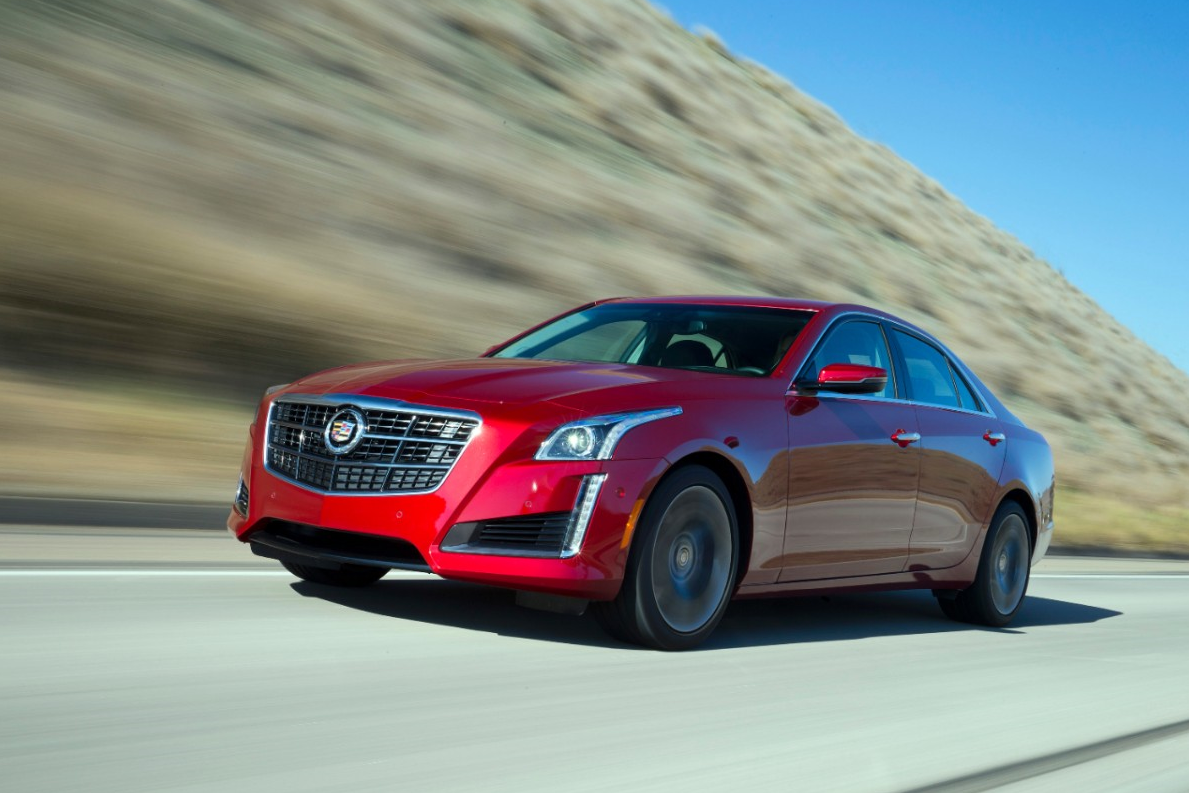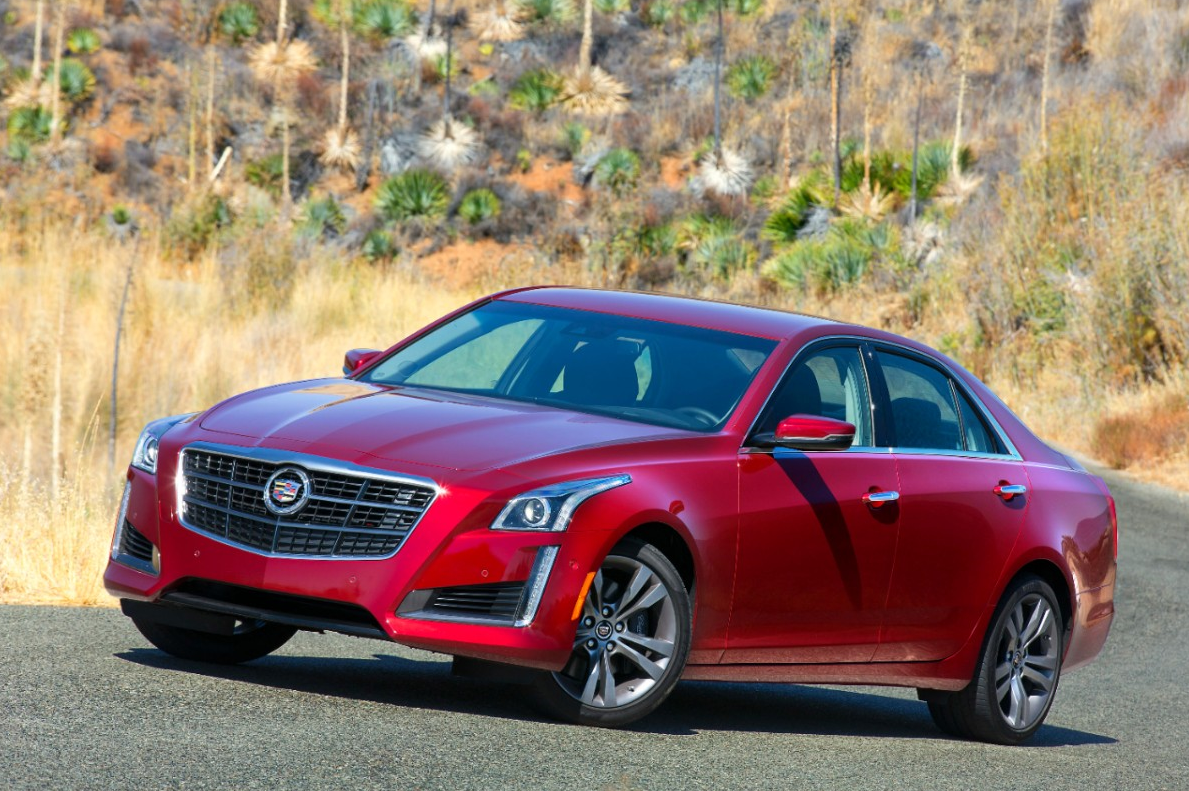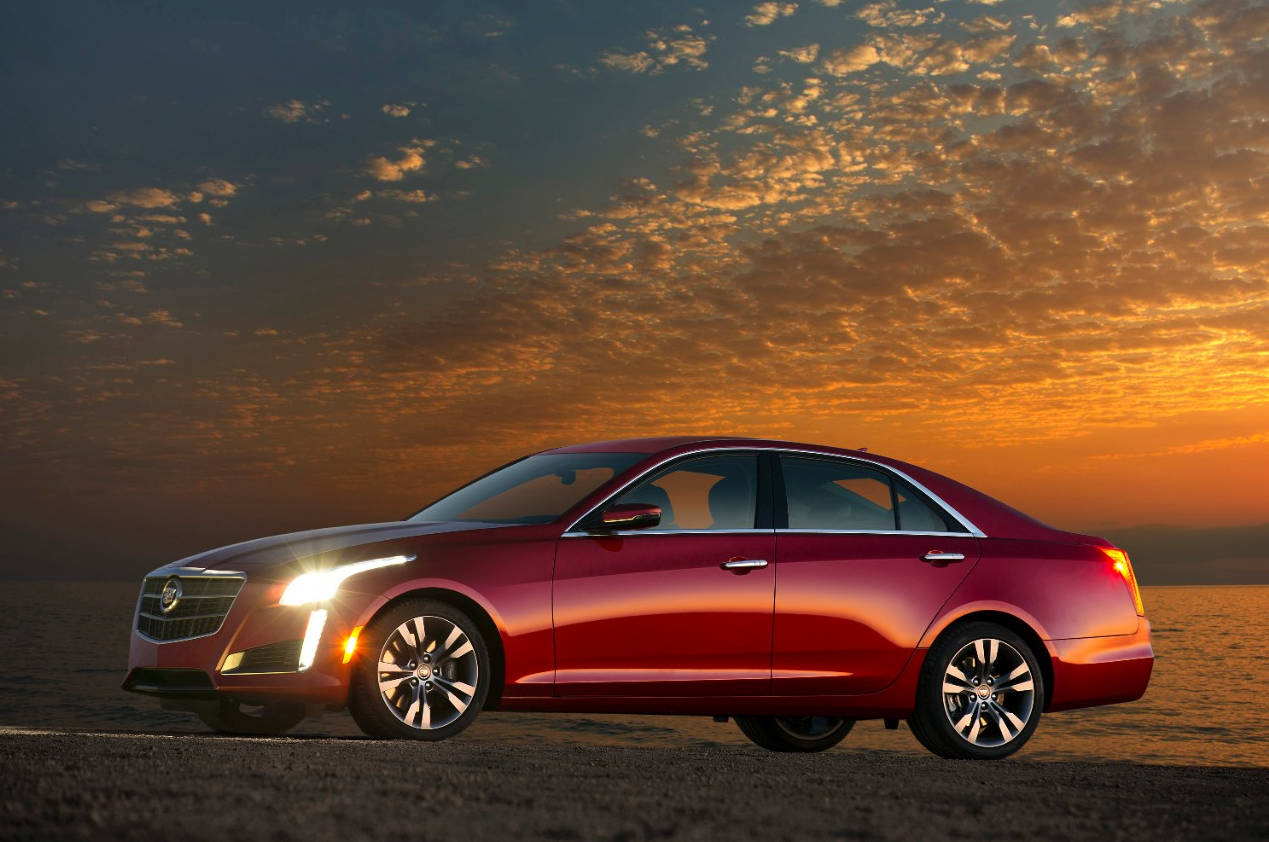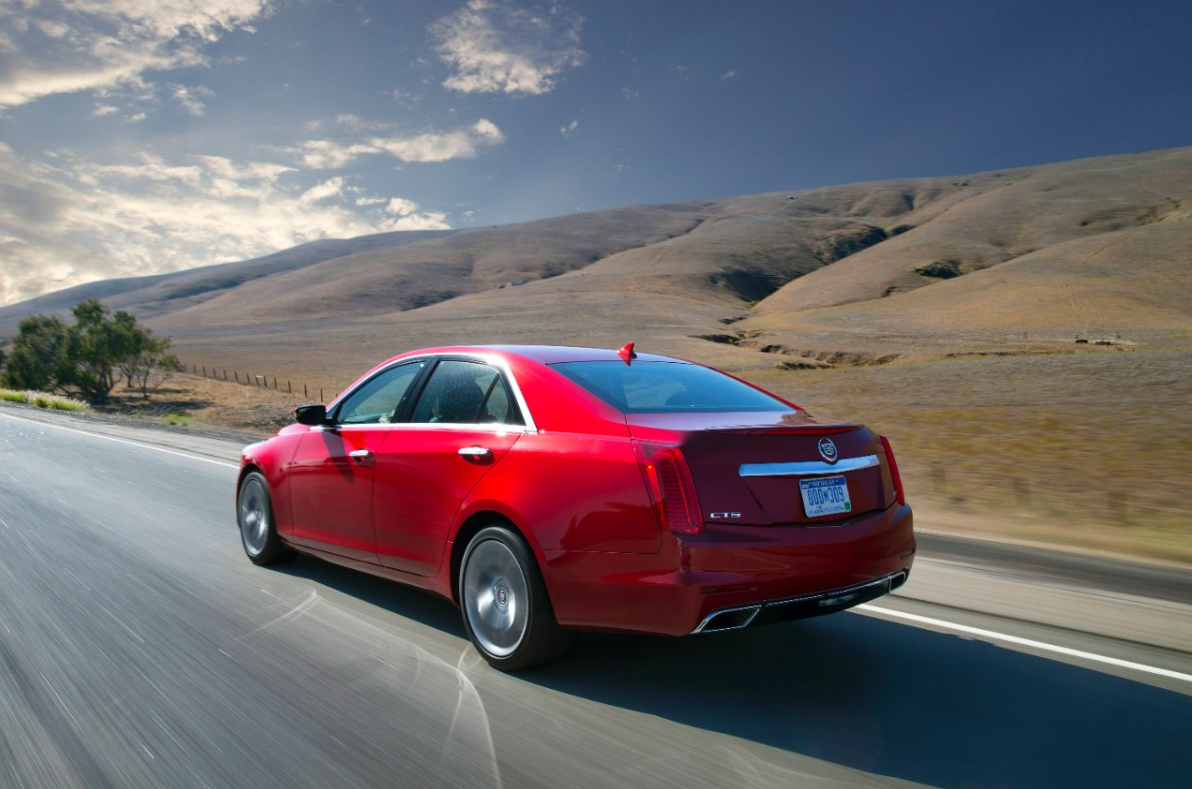Initial Impressions: 2015 Porsche Macan
As much as some dyed-in-the-wool Porsche purist might deride the Cayenne SUV, it must be understood that if we want Porsche to keep making the manic 918s and GT3s of the world, they need volume sellers to keep everything copasetic.
It’s with that in mind that I sampled Porsche’s latest Porsche-for-the-masses, the Macan crossover.
How for-the-masses, you ask? Well, Porsche says they have the capacity to build 50,000 a year, if they see fit.
Thing is, after sampling the Macan (Indonesian for “Tiger”), there’s a good chance said purists will relax their feathers a little; this is a Porsche, through and through.
Strange as it may seem, it’s not the styling that puts it on hallowed Porsche ground—there’s nothing wrong with the lines (many of which were inspired by said 918; the taillights, lower air dam, side rocker panels) but it’s the seating position that really gets the Porsche juices flowing.
It’s perfect; just upright enough without feeling like you’re driving a bus, while still having a commanding view out. The seats are supportive (almost to a fault if you select the Macan Turbo model, where they’re very snug) and the classic three-spoke Porsche steering wheel feels just right in your hands.
We sampled both the Macan V6 (340 hp, 339 lb.-ft.) and Macan Turbo (400 hp, 406 lb.-ft.—same as a Carrera S) models. Both come equipped with Porsche’s seven-speed PDK dual-clutch automatic transmissions. There is no manual option.
Neither disappointed. You still get that classic Porsche burble from the tailpipes even though there are no flat-sixes here. Everything feels so put together, as if it was crafted from a single block of steel.
It helps that weight was saved by building the hood, fenders and rear hatch out of aluminum, giving it a 4,112 lb. curb weight, the lightest in its class.
Yes, detractors will argue that Porsche lost some of its purity when it switched from hydraulic to electronic power steering, and while I tend to agree with them, it doesn’t seem as severe an issue in the Macan’s case as it would in a Boxster or 911.
Not to mention that in a Boxster or 911, you don’t have features like 40/20/40 split folding rear seats and up to 53 cu. ft. of storage space. Add options like a 1000(!) watt Burmeister audio system, and the Macan starts to make a whole lot of sense.
These days, Porsche seems to be hitting nothing but home runs. I imagine the Macan will be more of the same.
- 0
- Published in CAR REVIEWS
- Written by Dan Heyman


